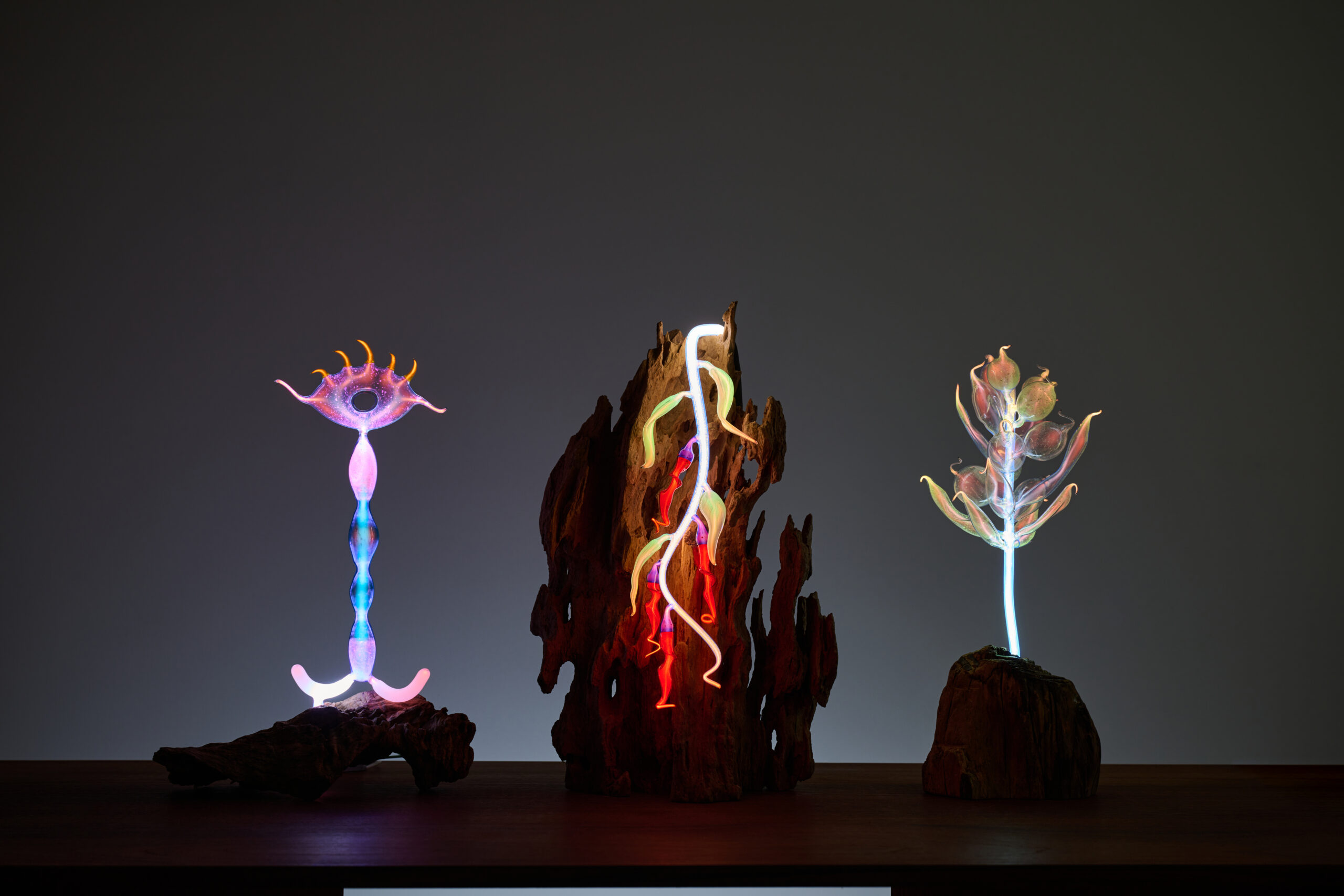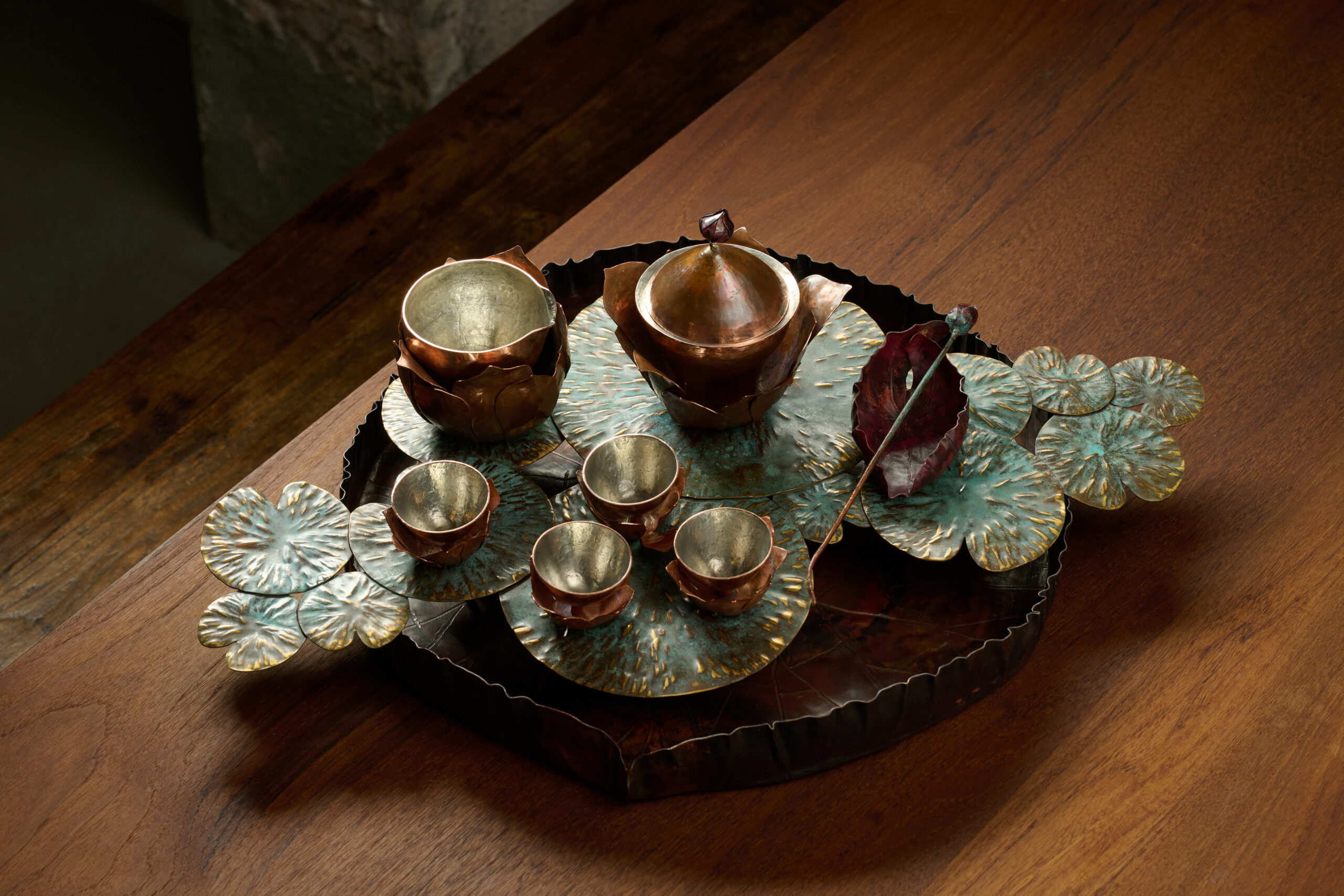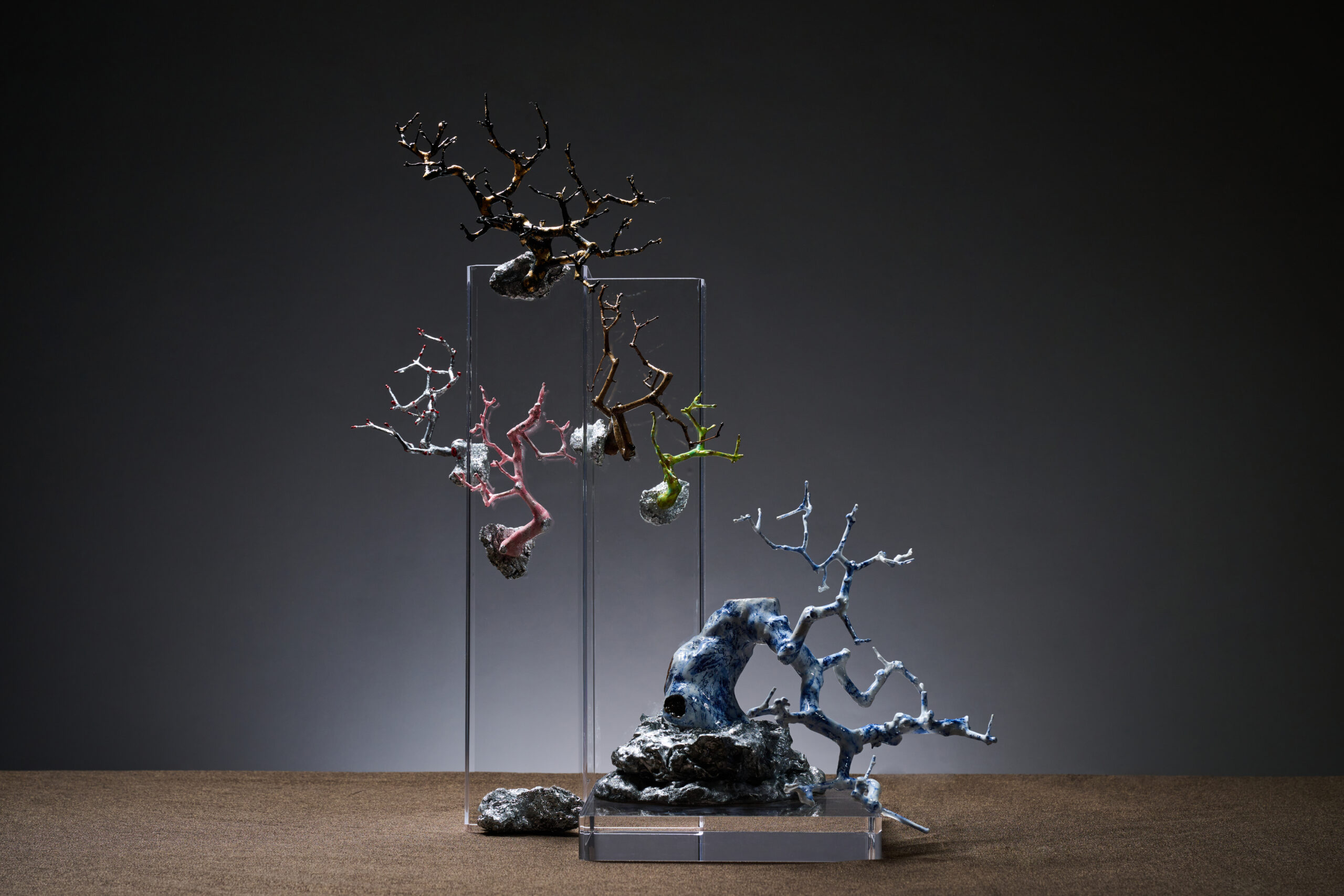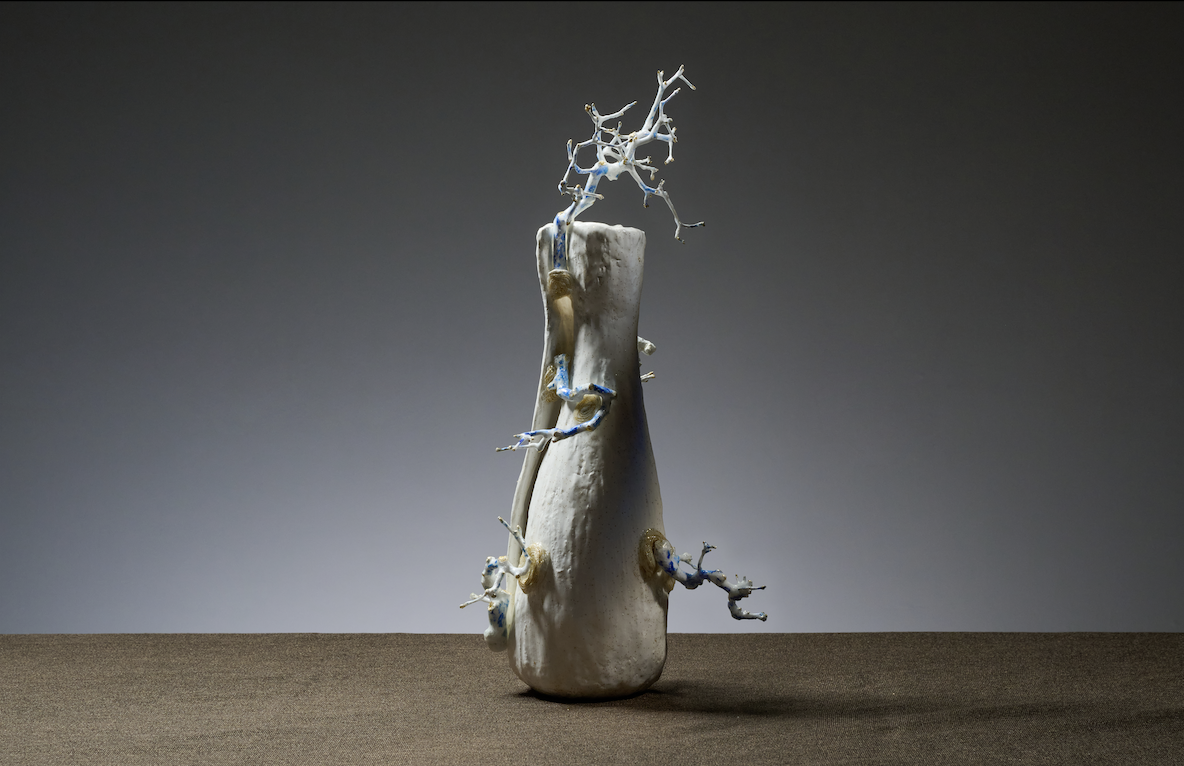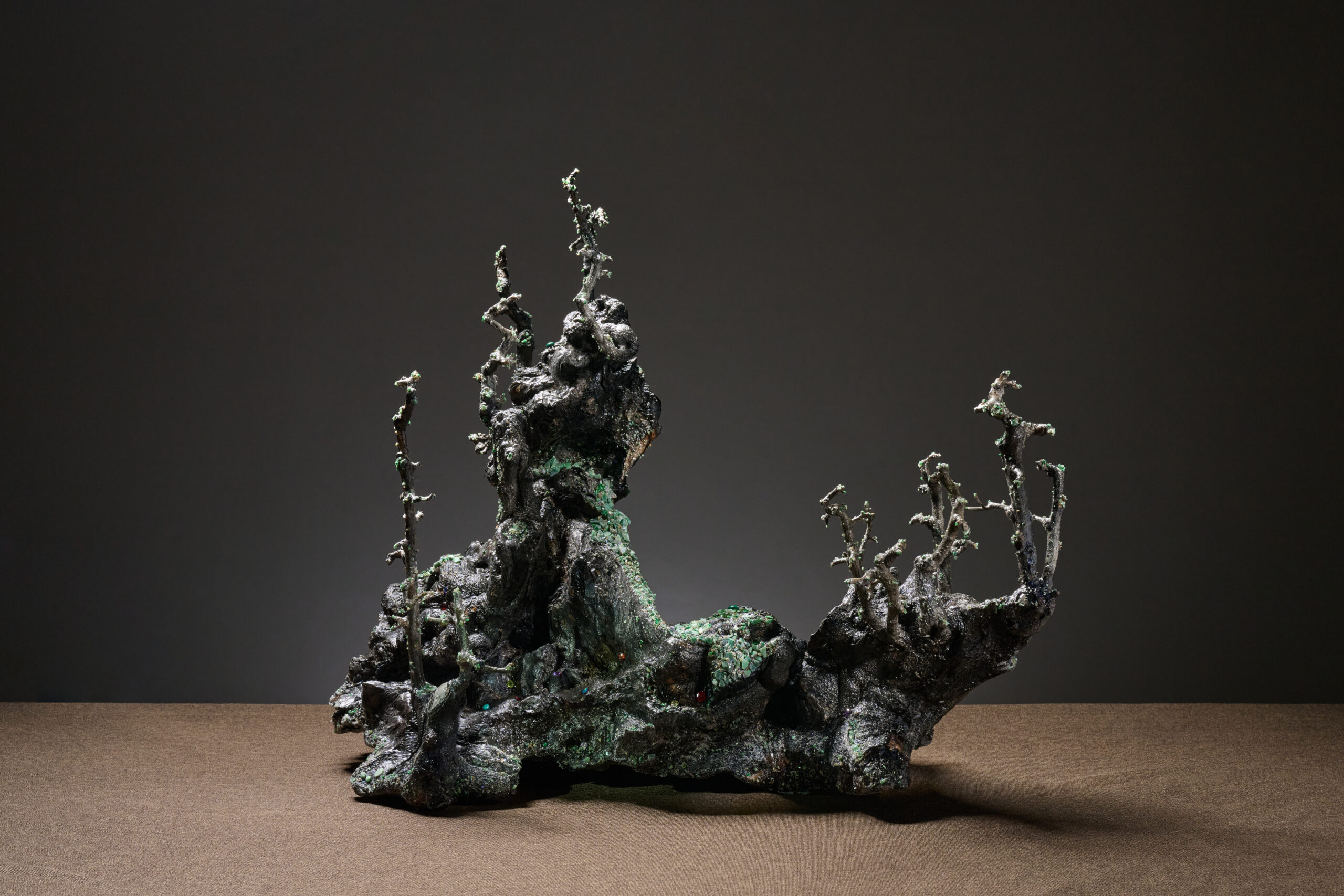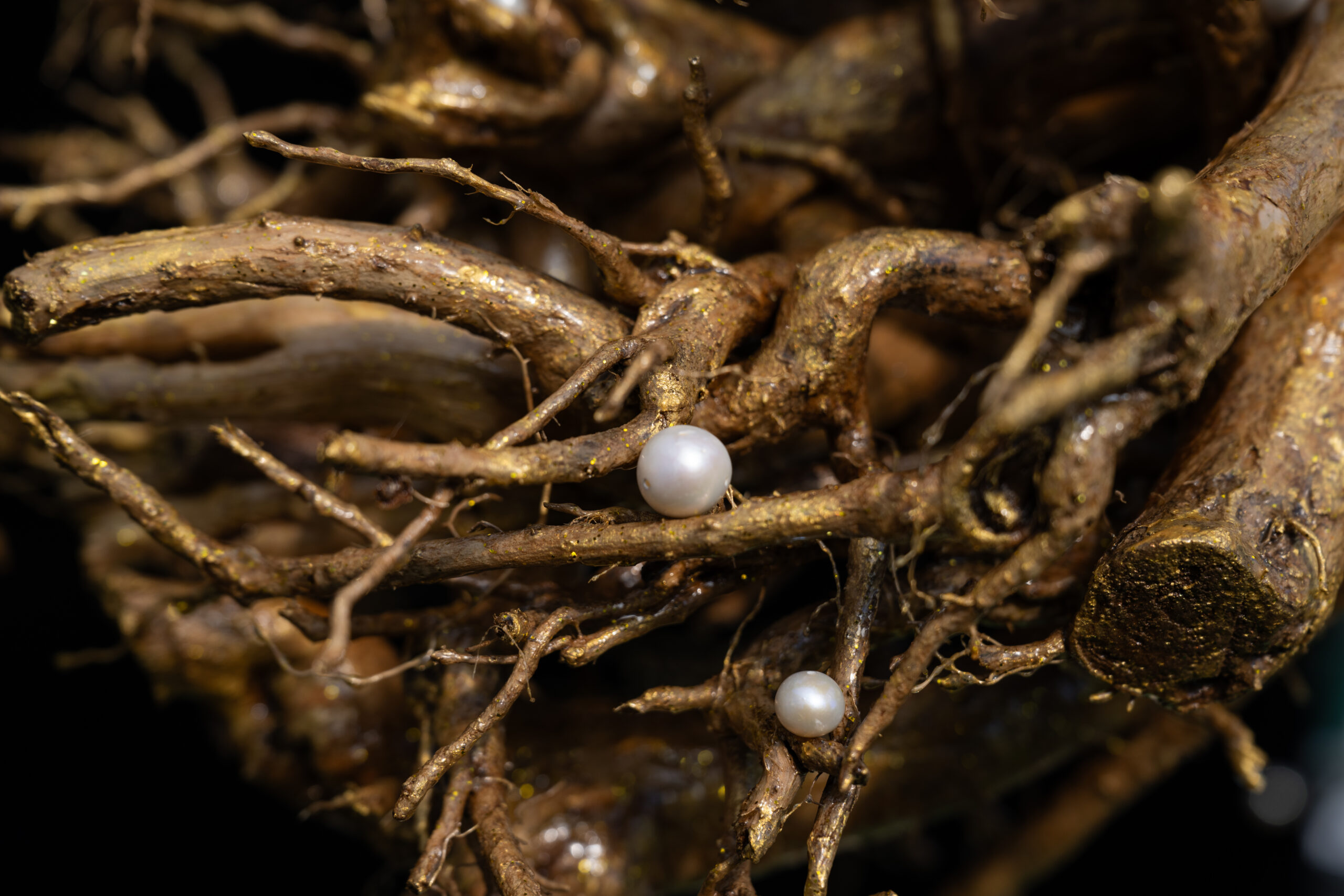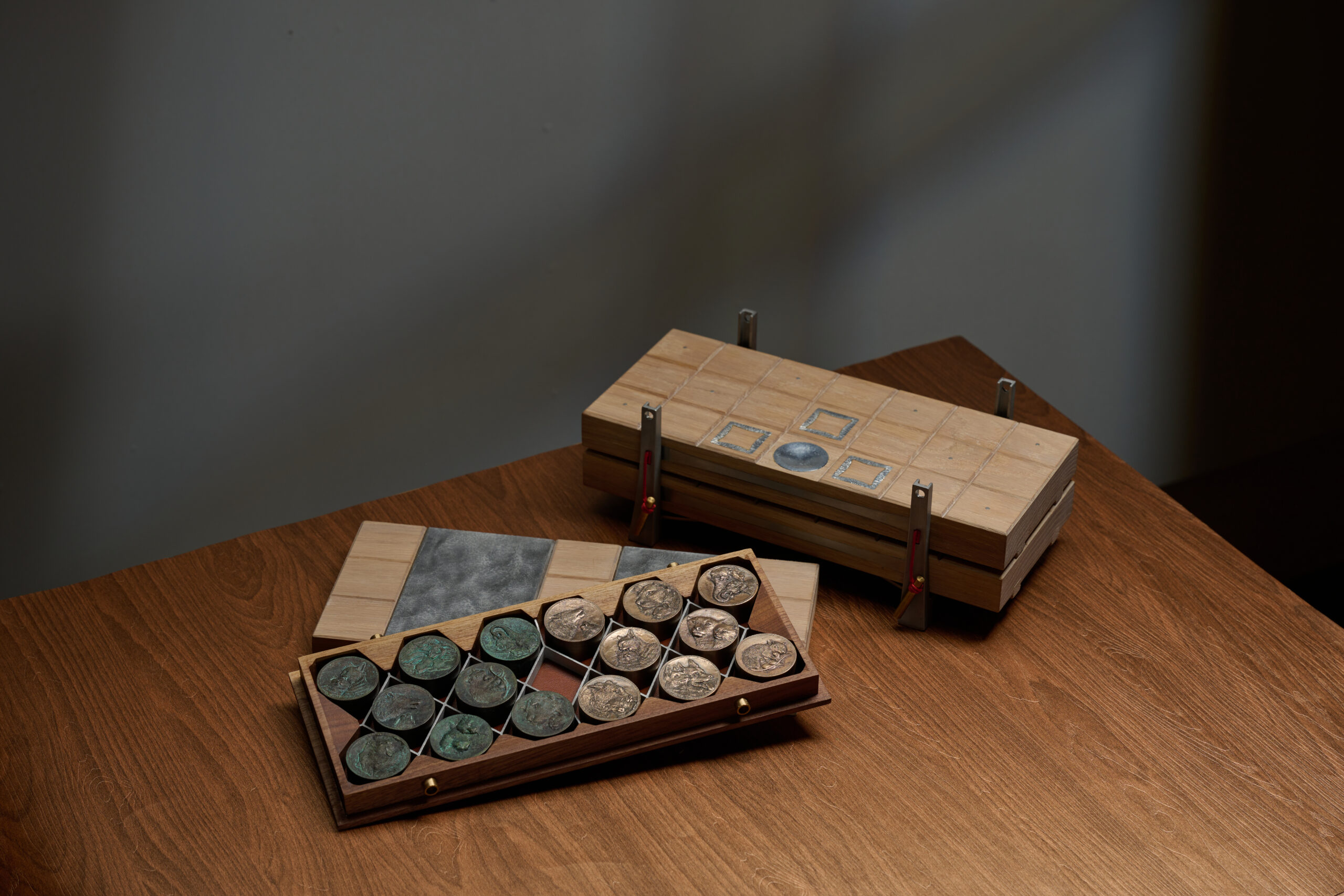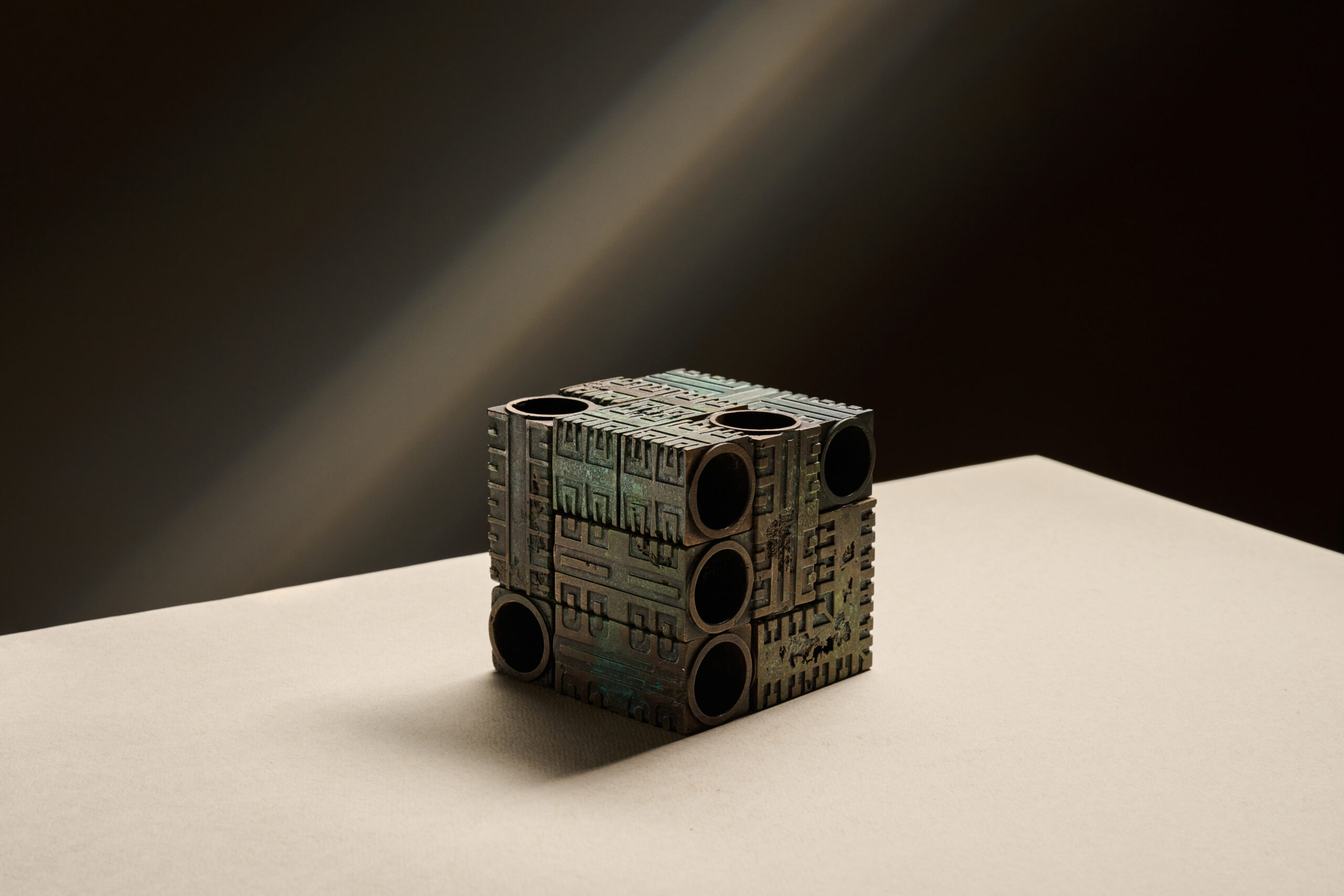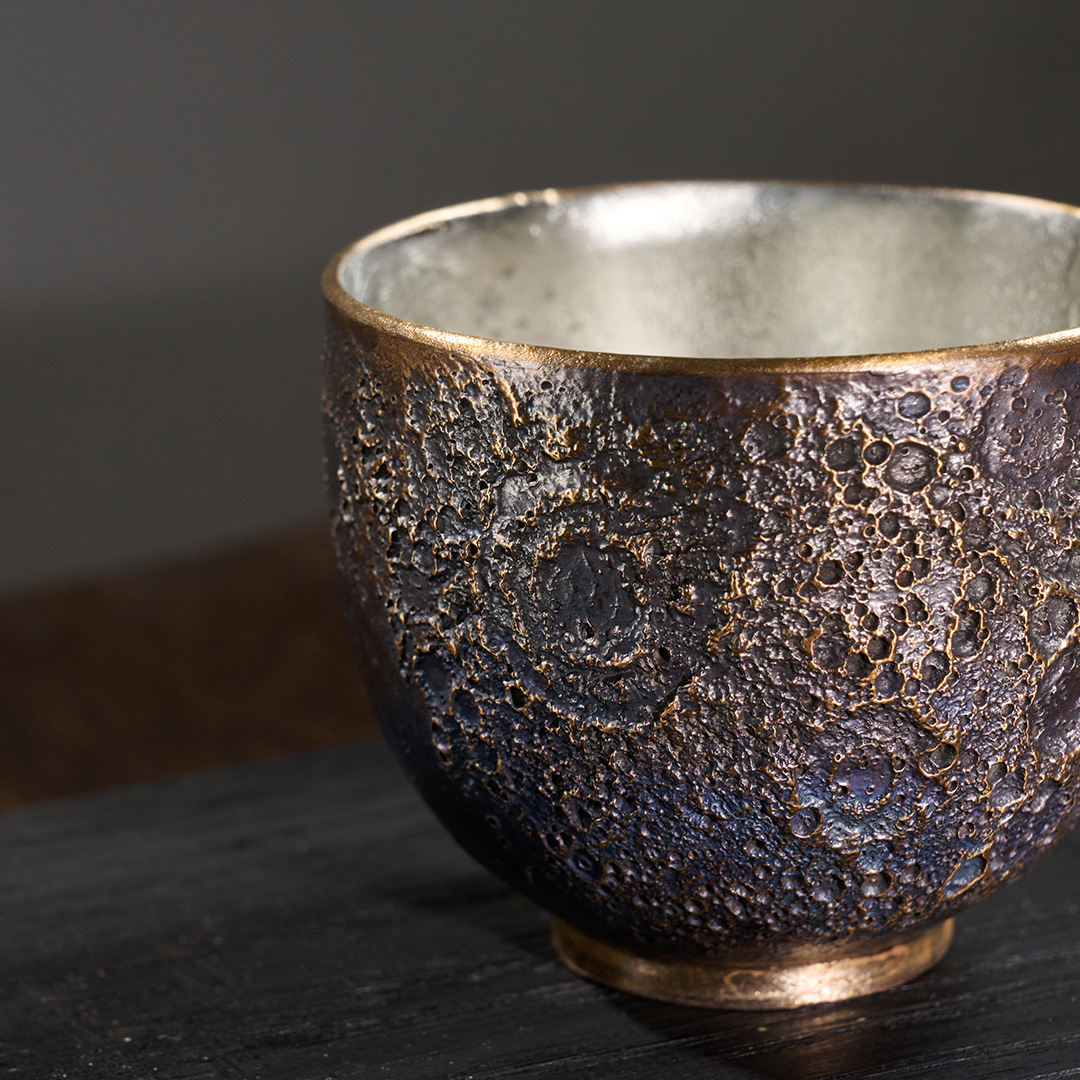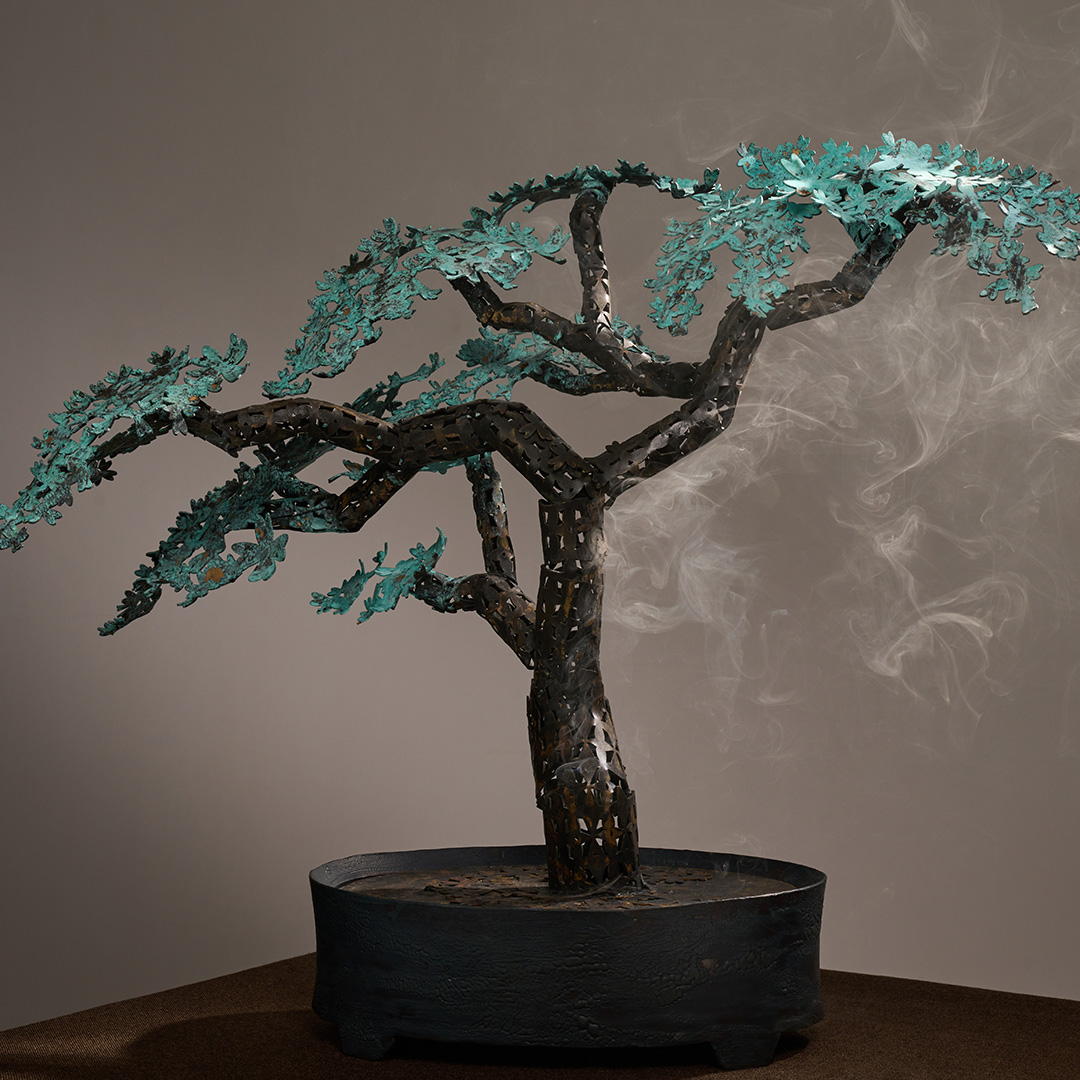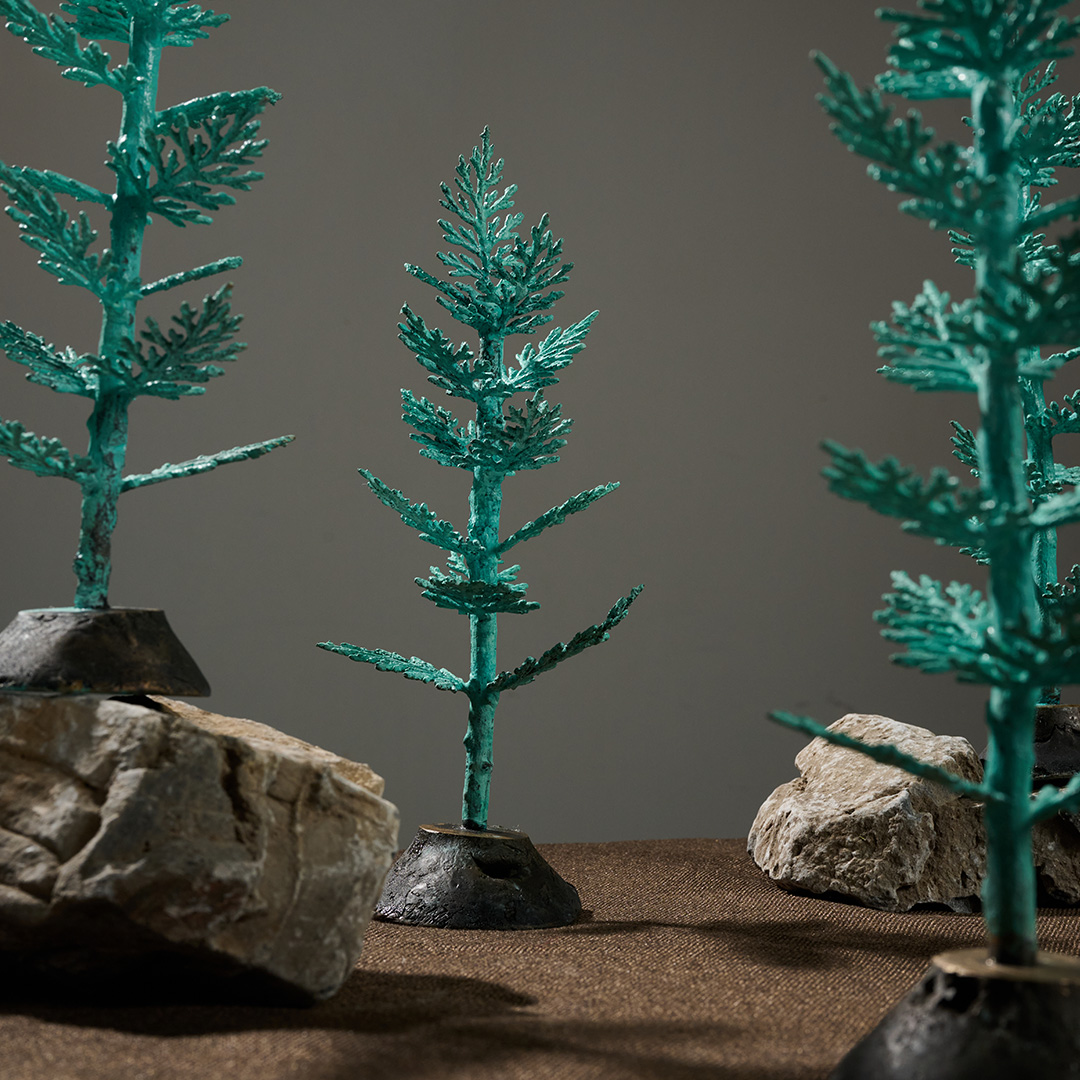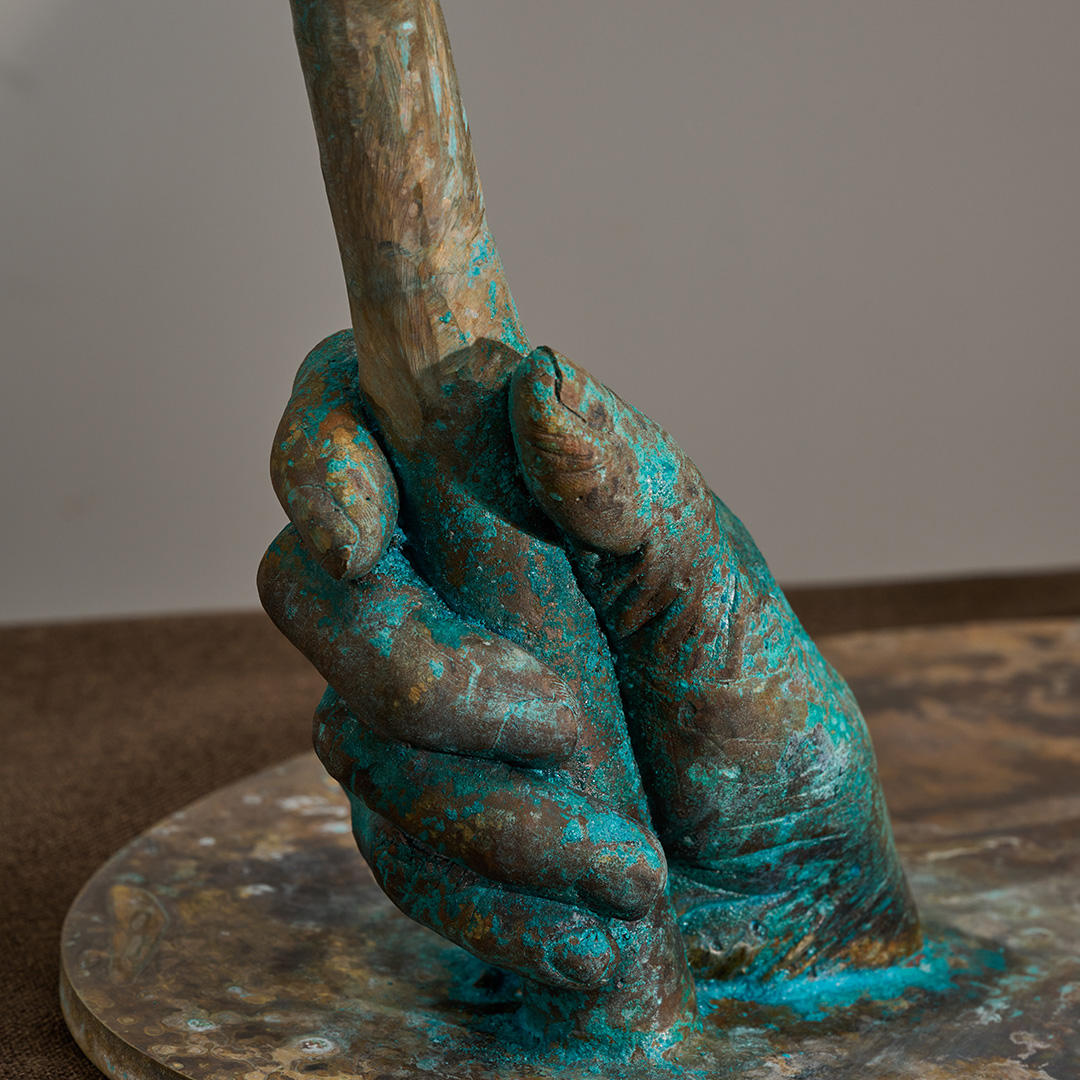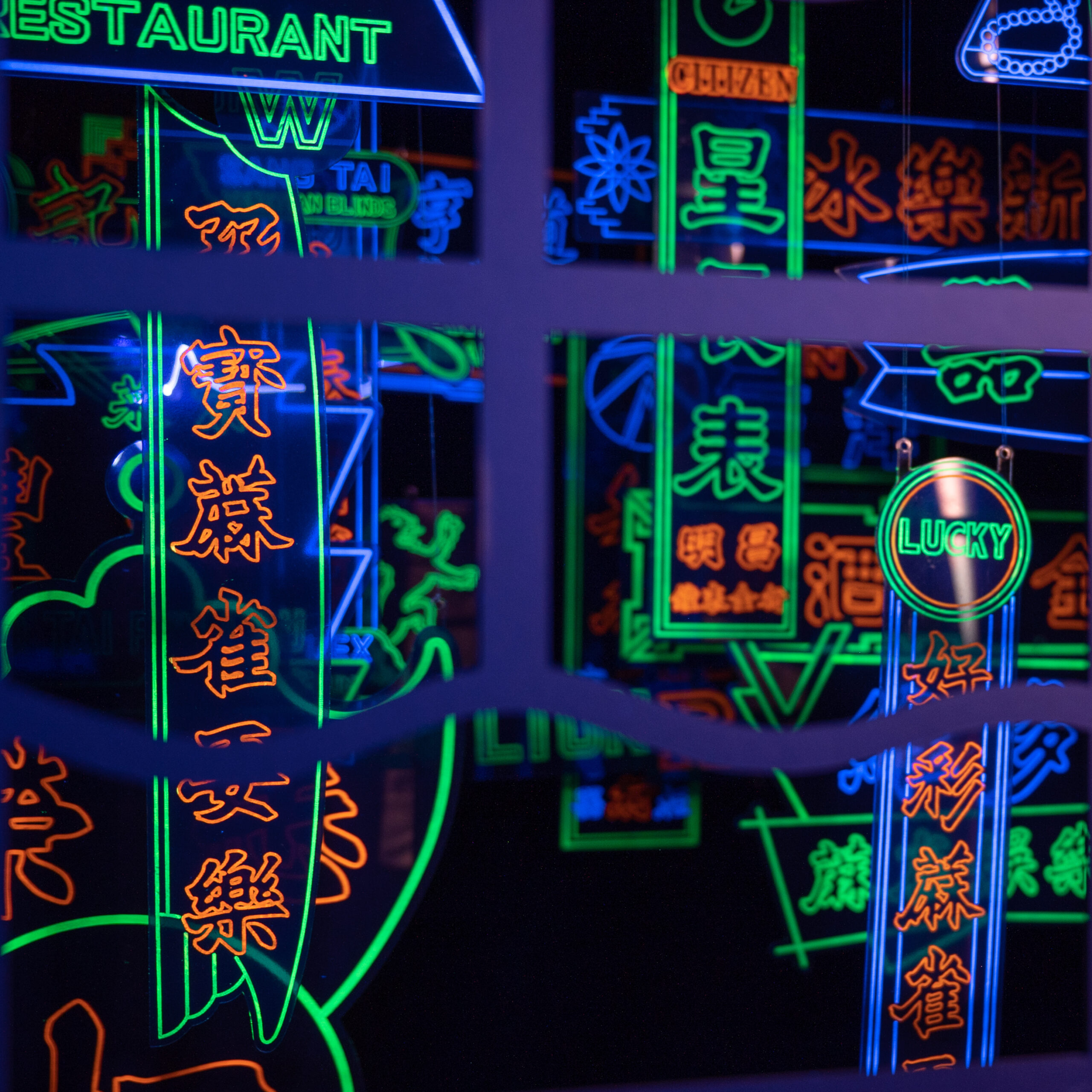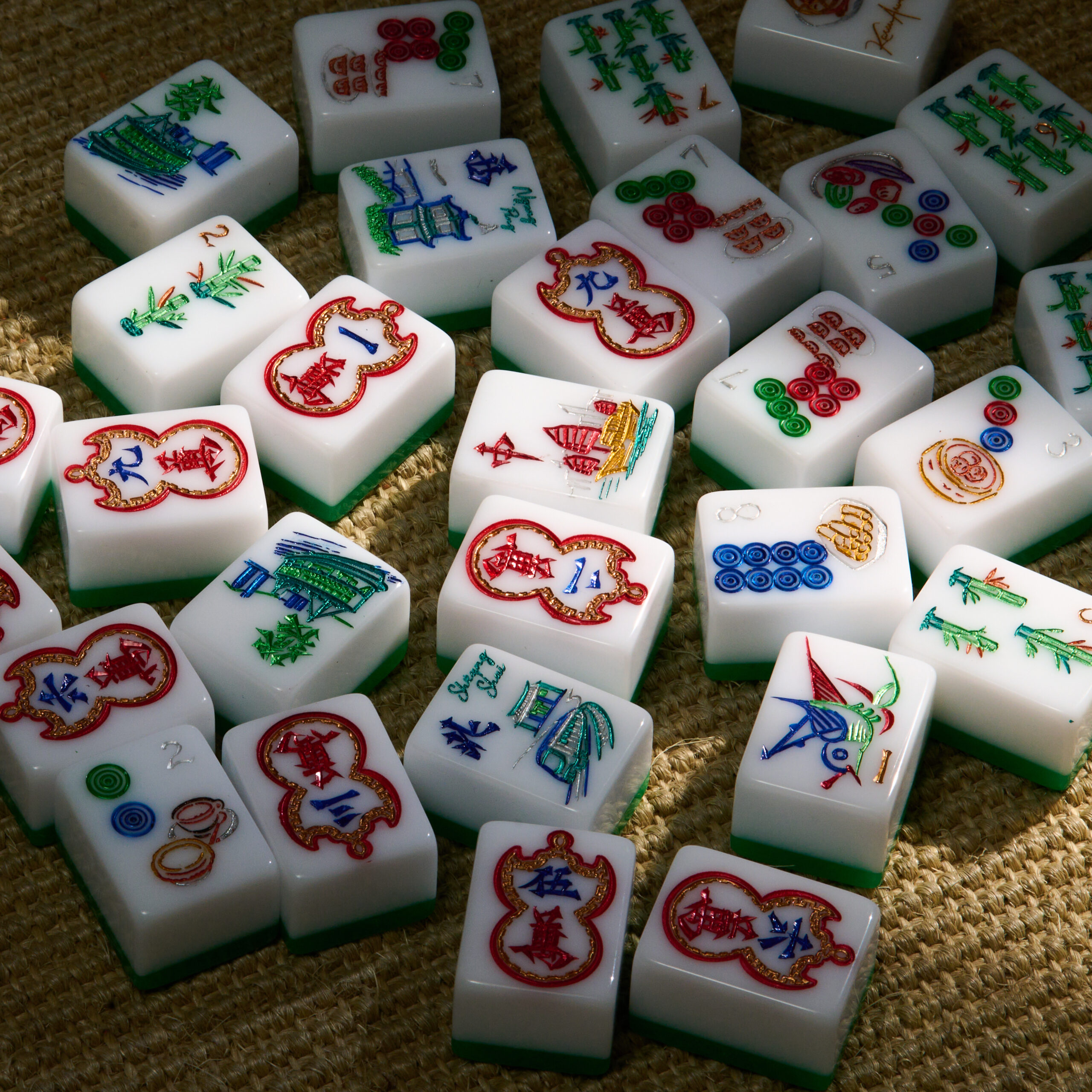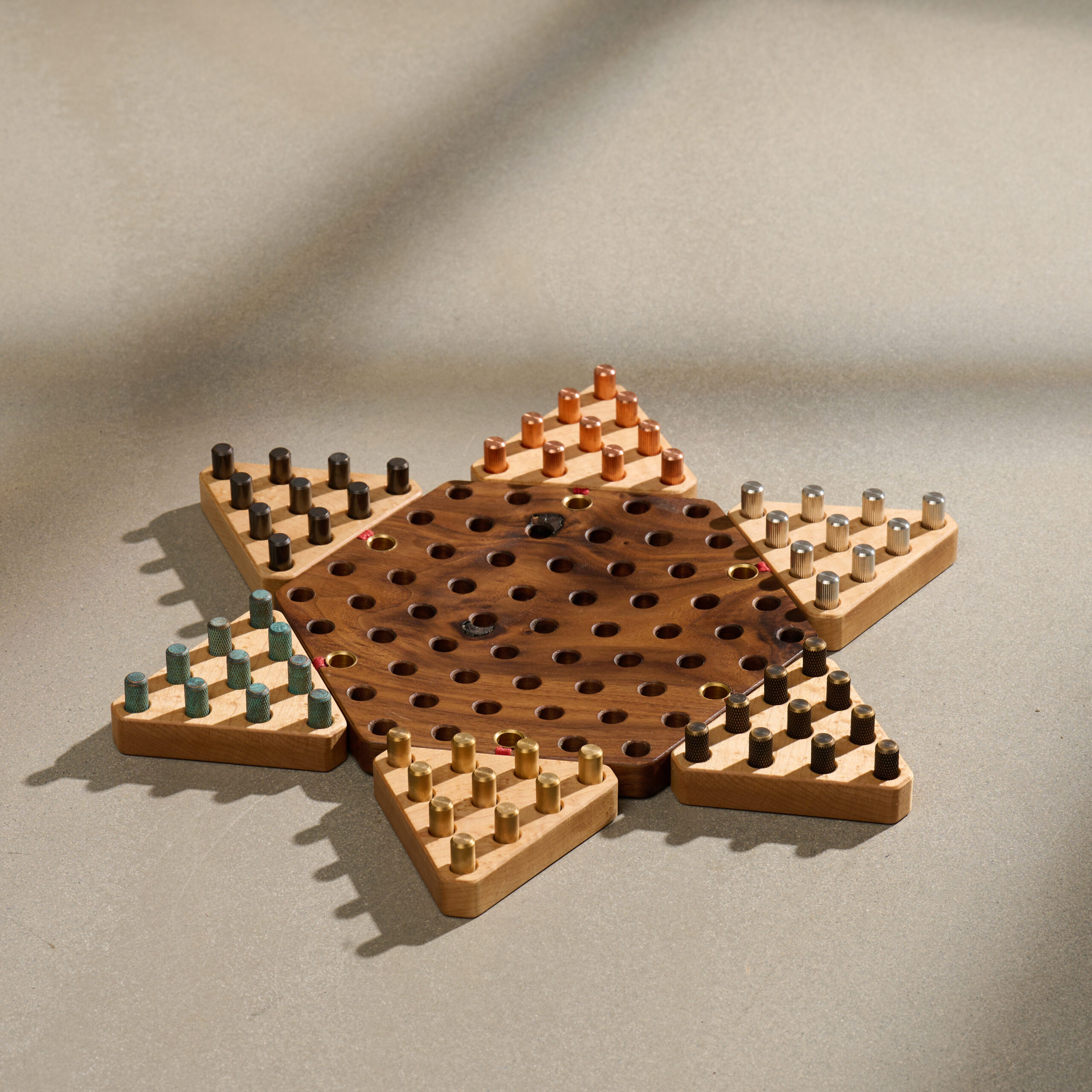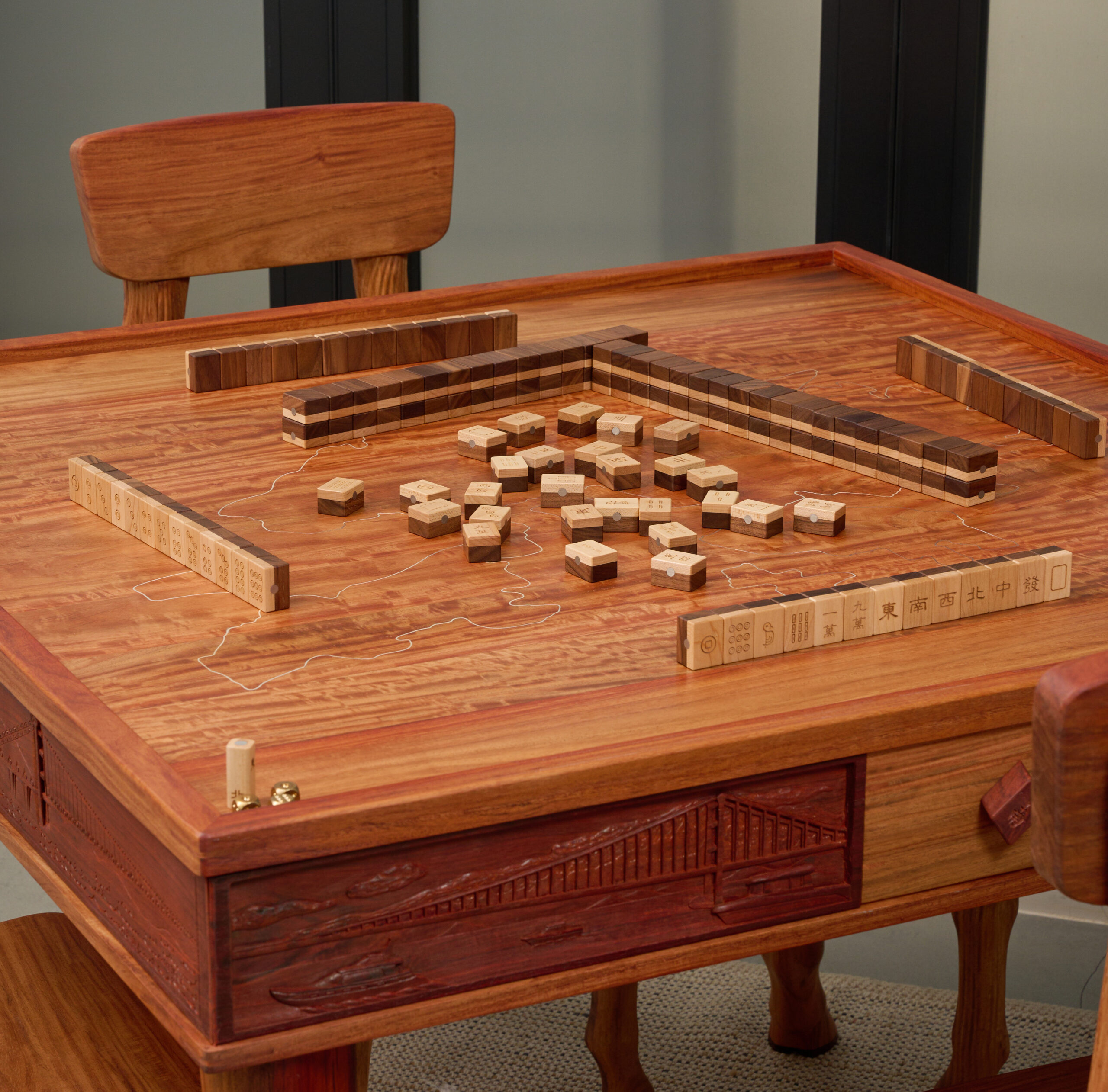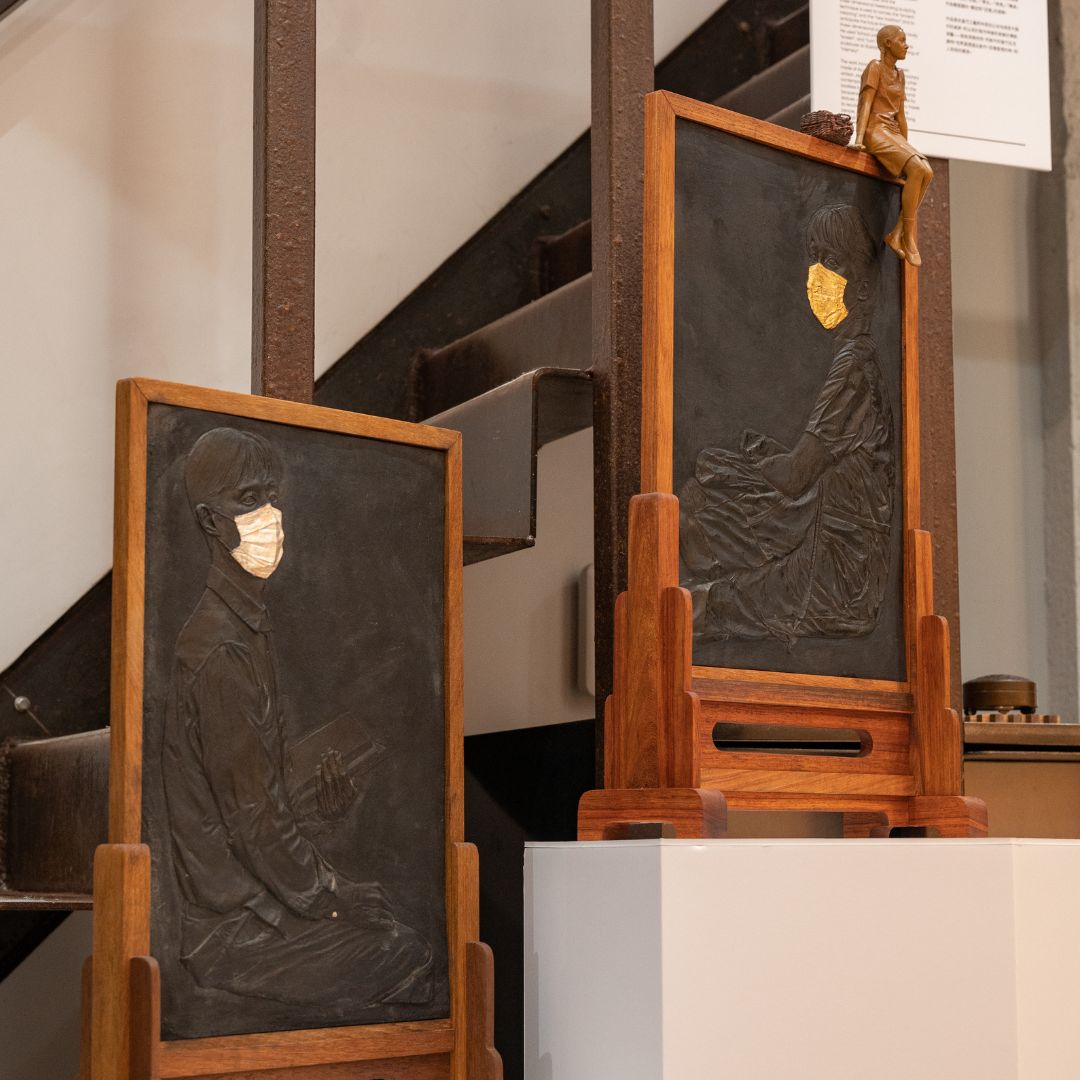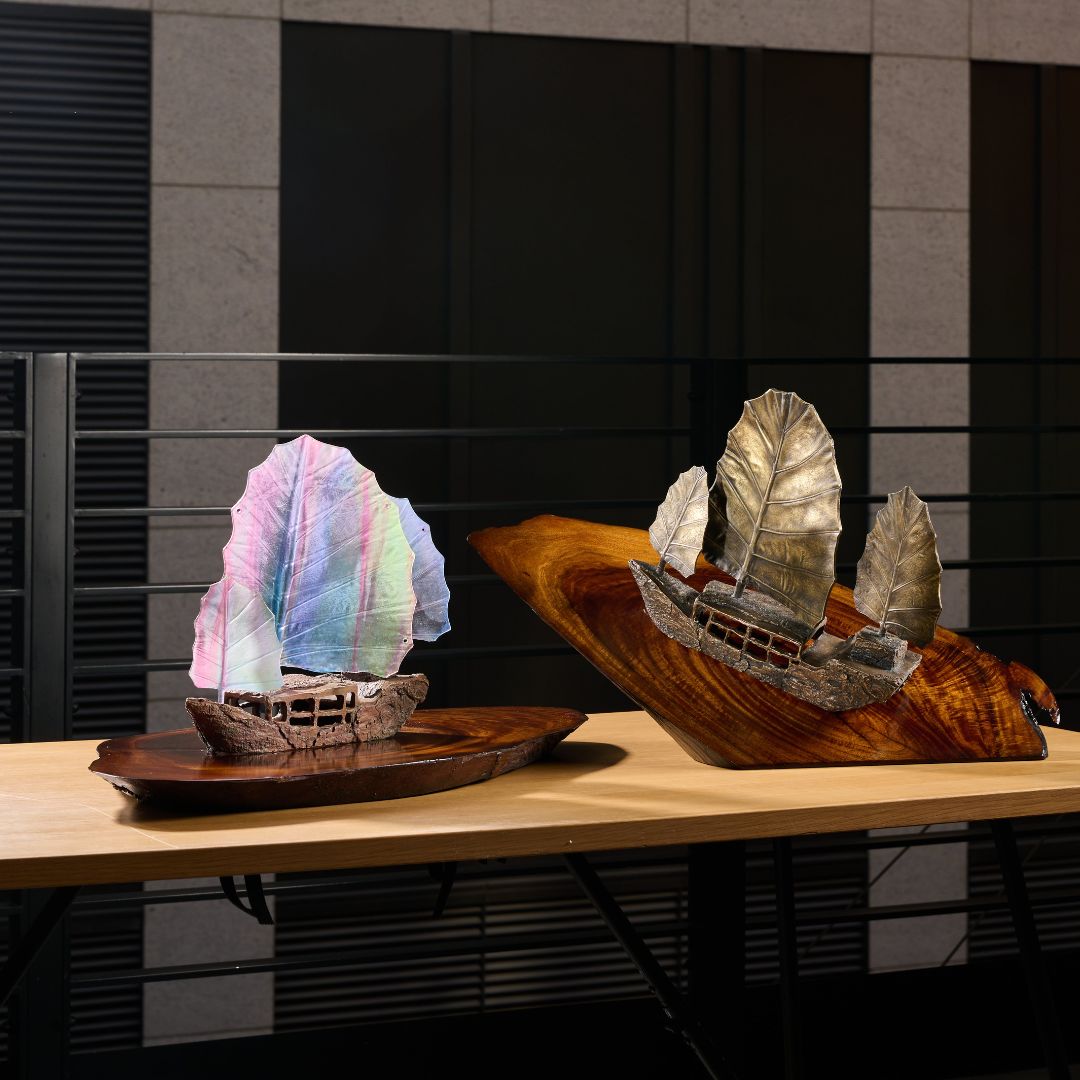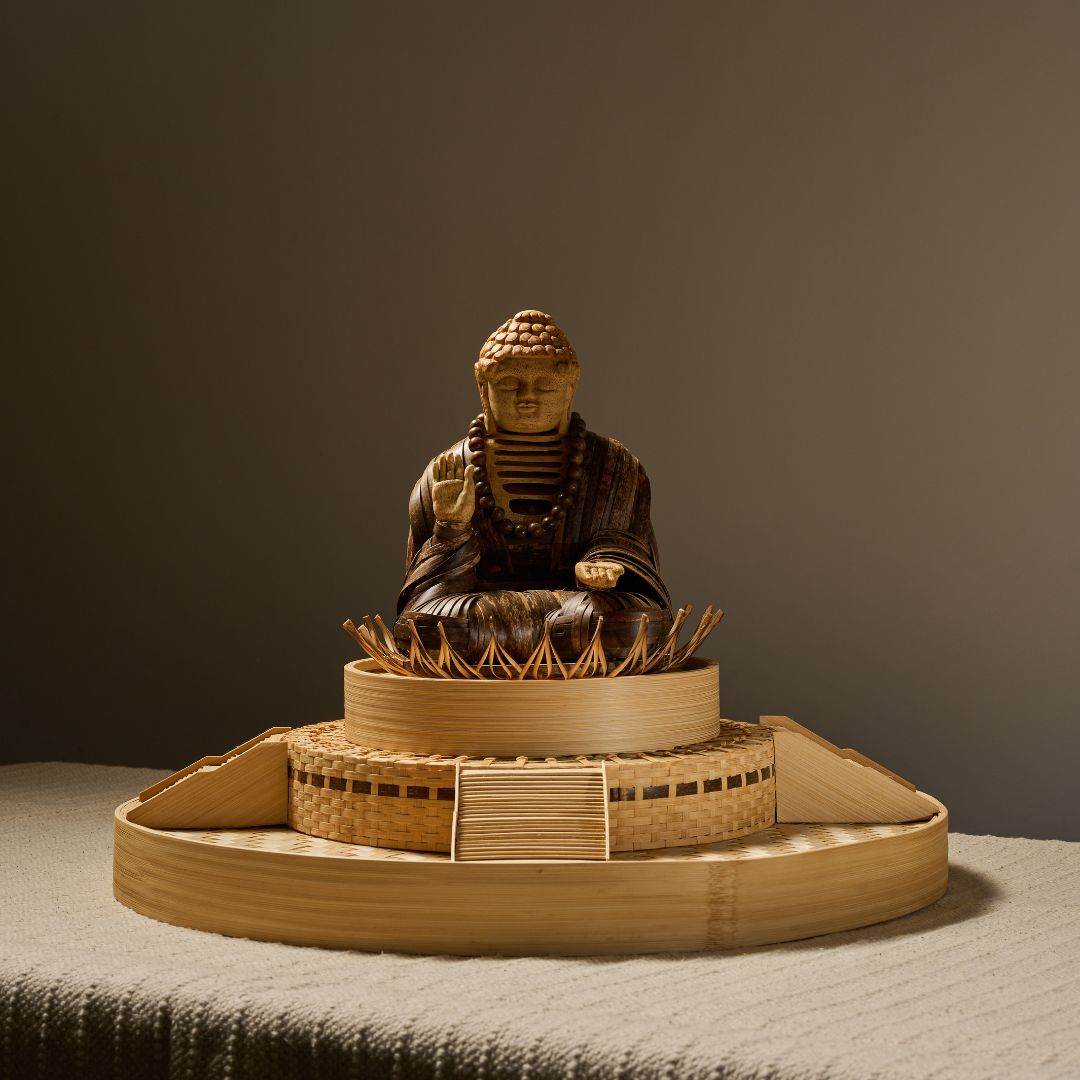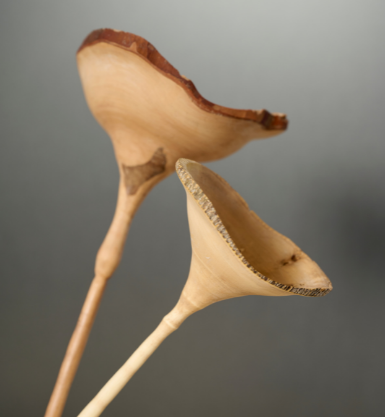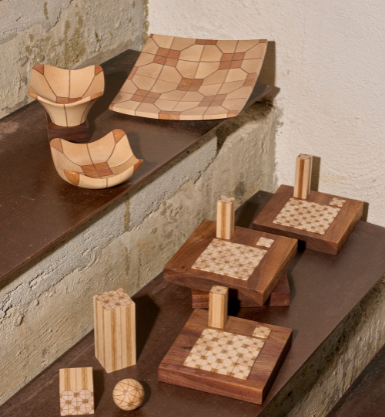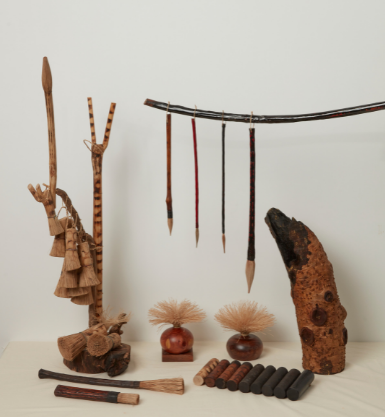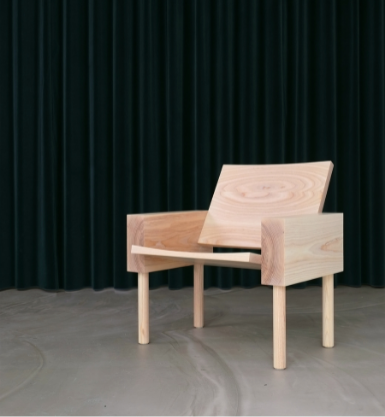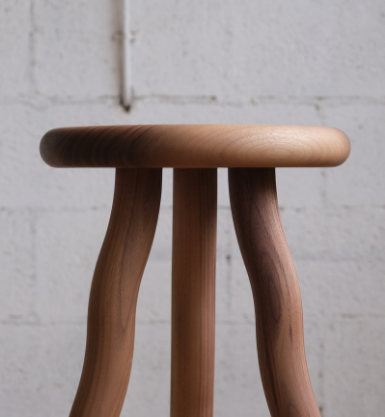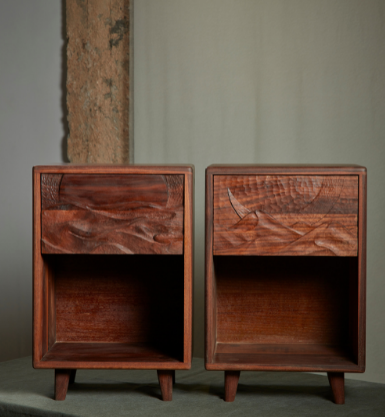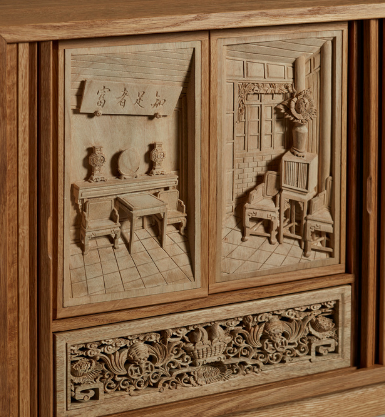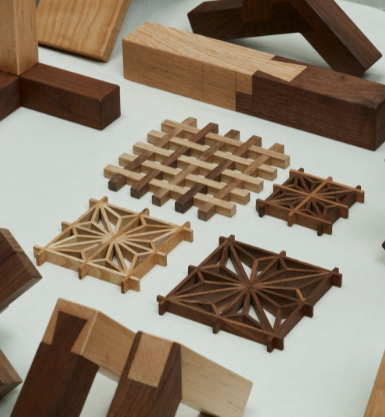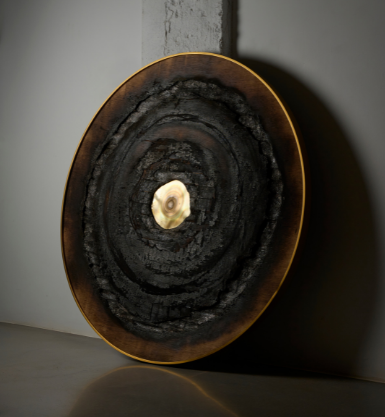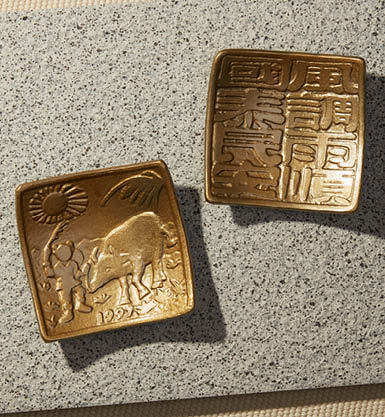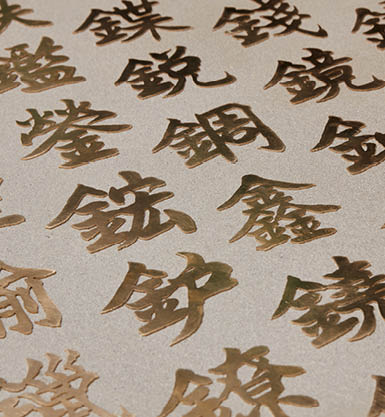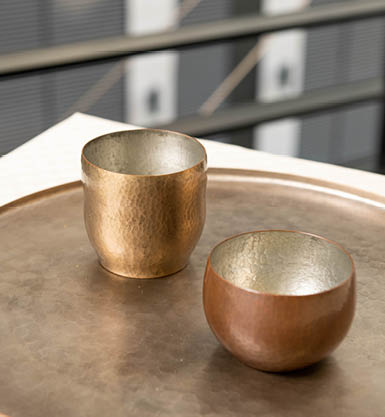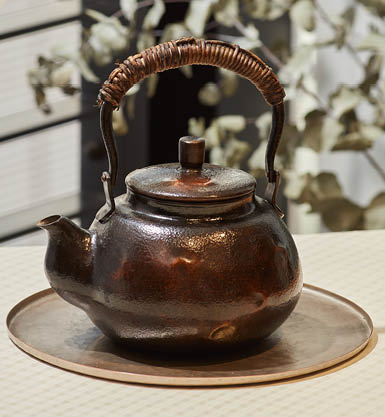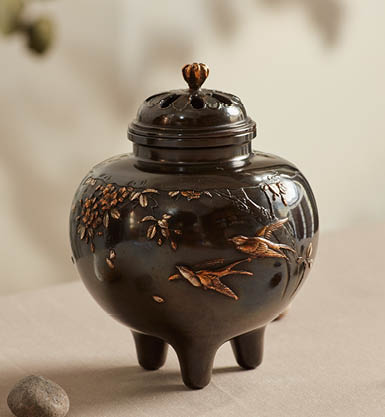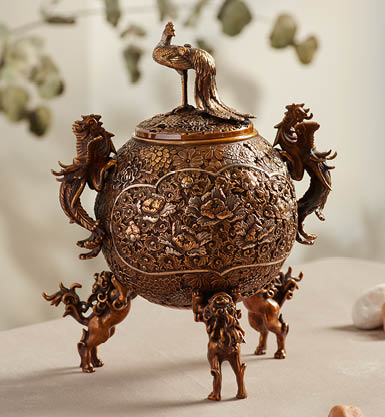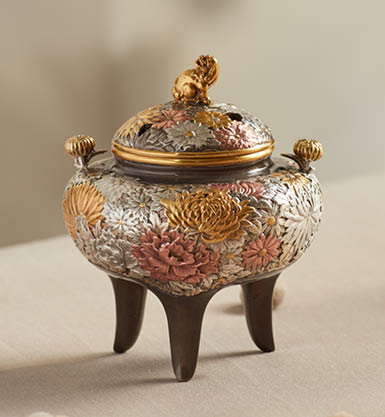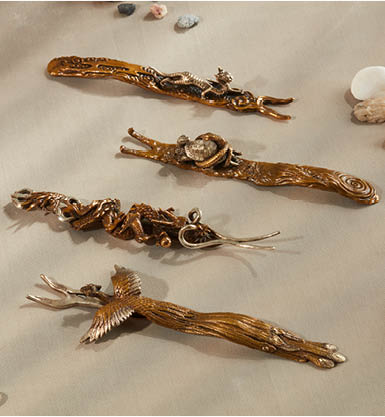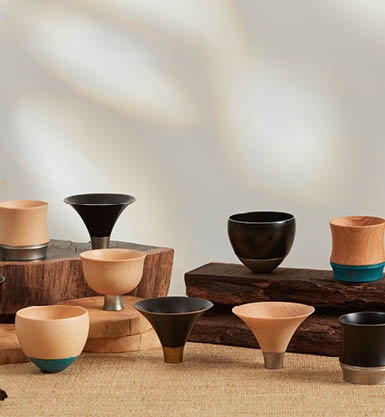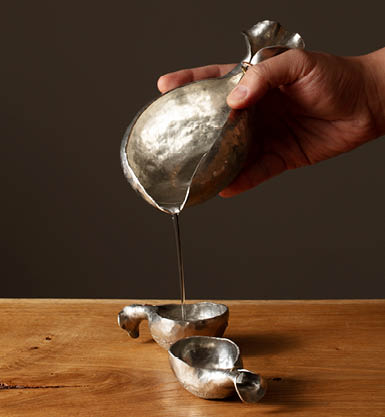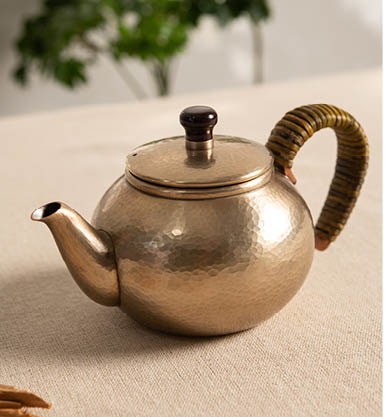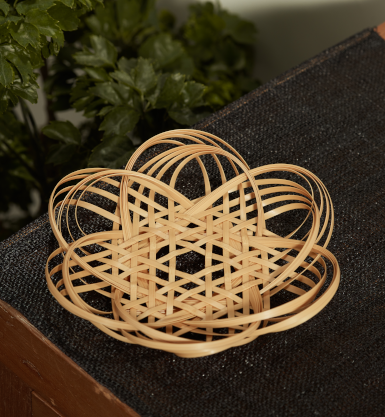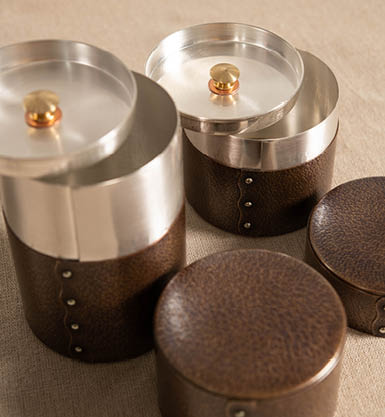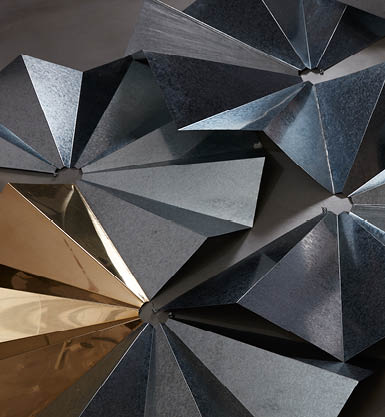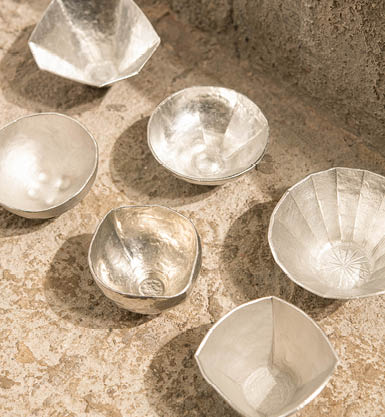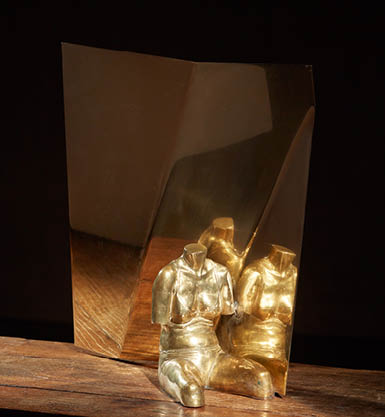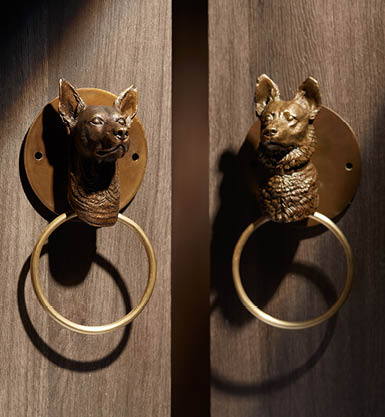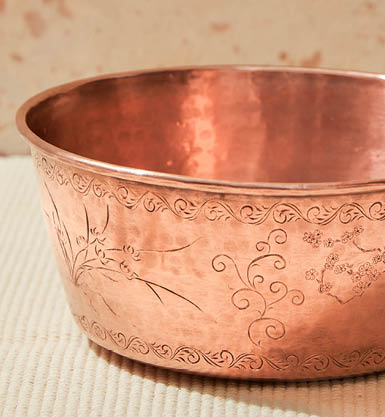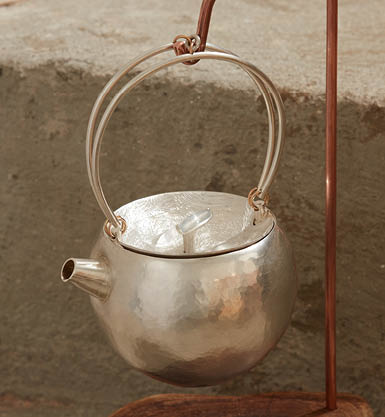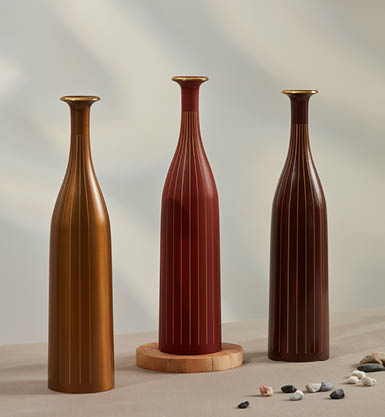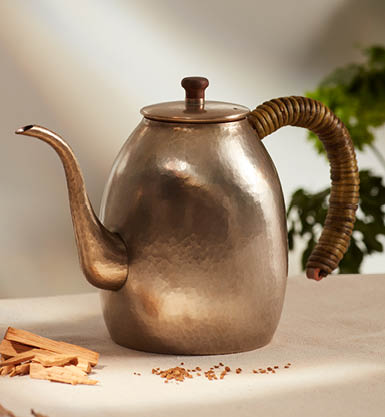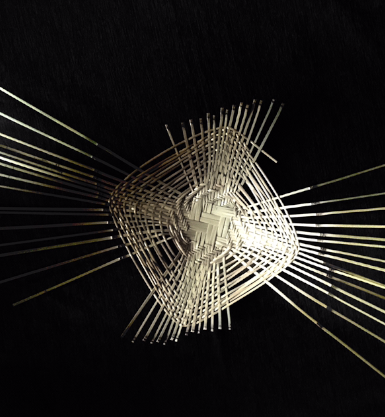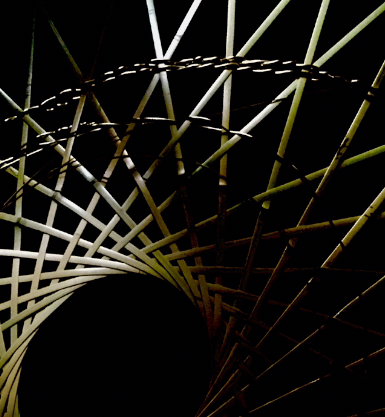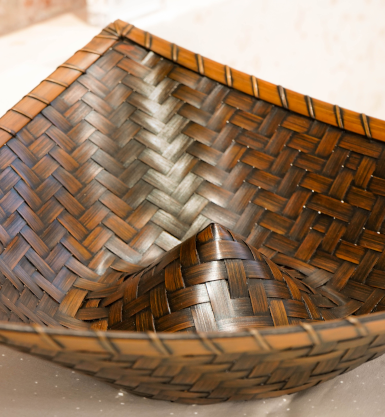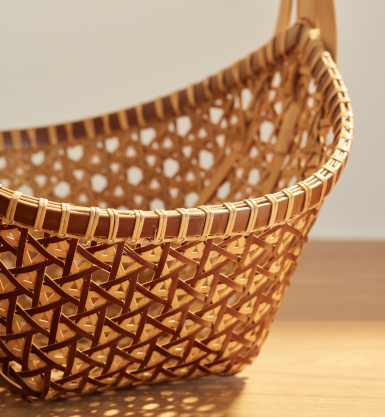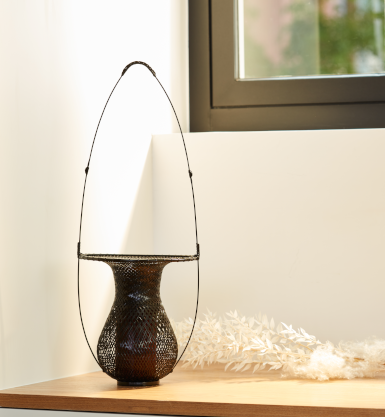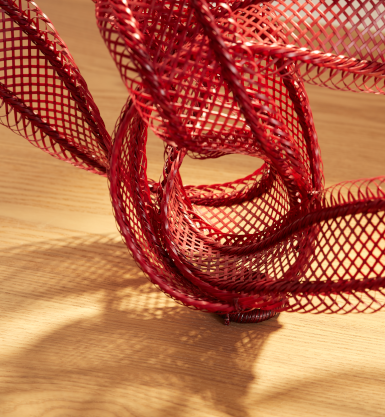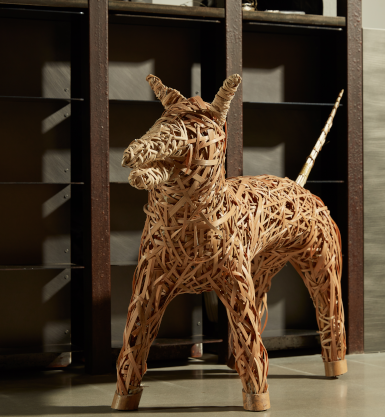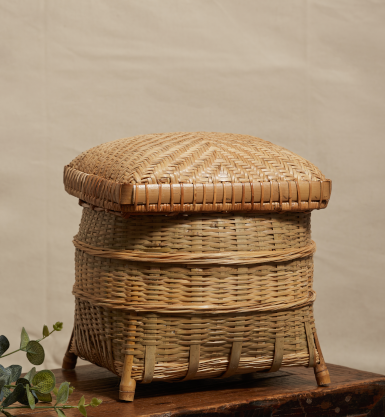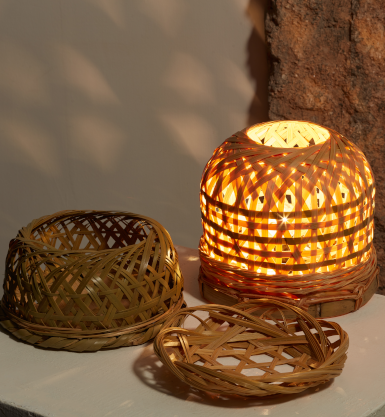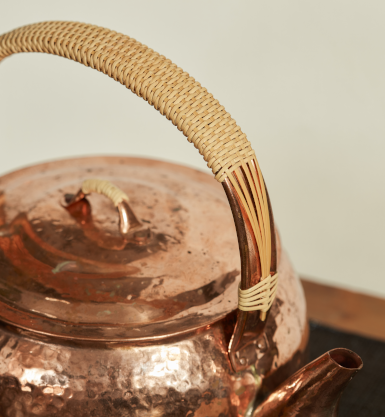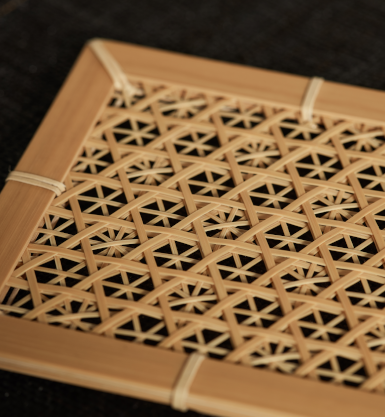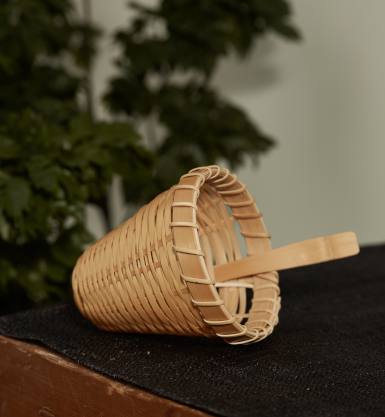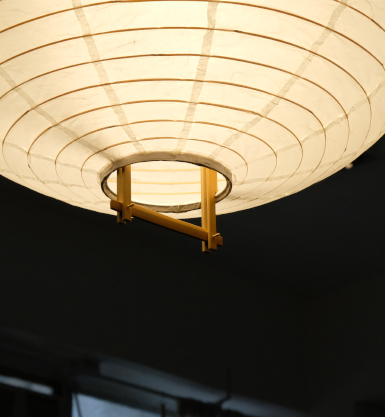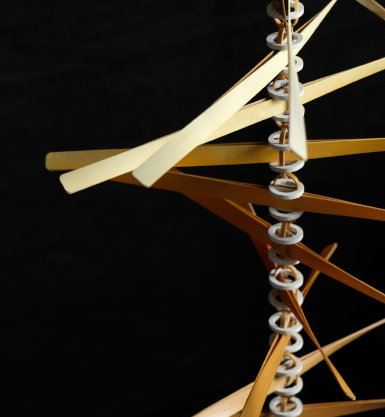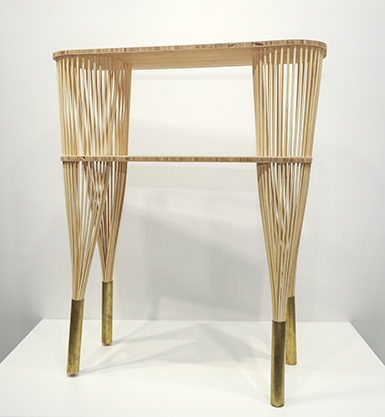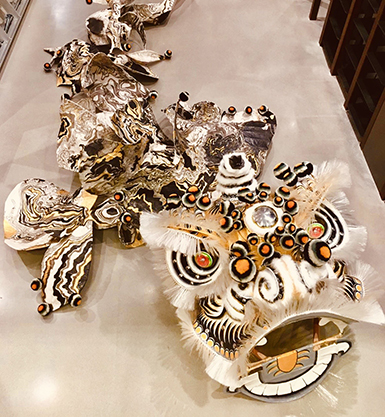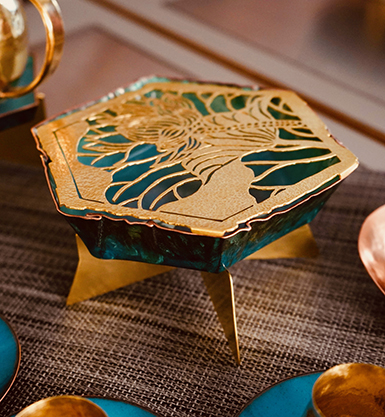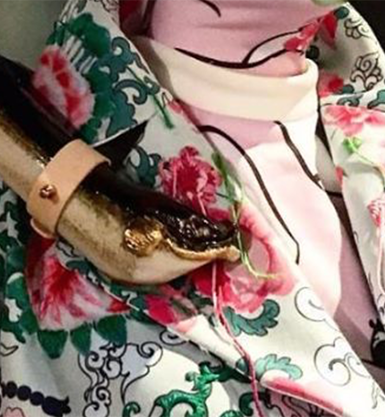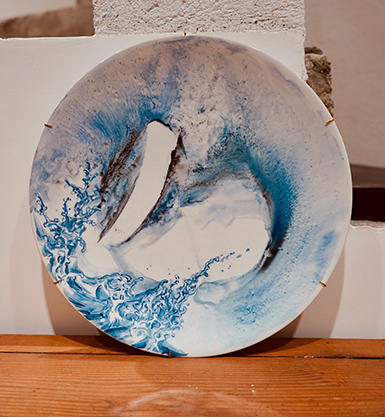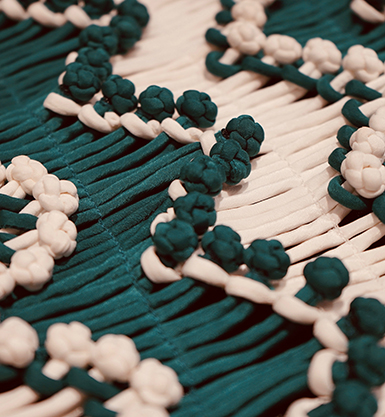Eternal Illumination: A Journey Through Time
About the Artwork
Inspired by the wisdom of the 24 Solar Terms, the artwork, "Eternal Illumination: A Journey Through Time", draws inspiration from the timeless concept of the sundial—a device that has guided humanity in measuring the passage of time through the dance of sunlight. The 24 Solar Terms are the crystallization of ancient Chinese wisdom. They embody our observations of nature and the awareness of time. The sundial, an ancient and timeless instrument, holds a profound significance in the realm of timekeeping. It stands as a symbol of our connection to the cosmos, a testament to humanity's tireless pursuit of measuring time and capturing its fleeting essence.
The ancient craft of Lost Wax Casting, employed in the creation of this installation, is a traditional craft with a history that can be traced back thousands of years. It involves pouring molten metal into plaster molds, created by lost wax casting, resulting in a final work that is unique and meticulously detailed.
Yet, it is the play of light and shadow that truly breathes life into "Eternal Illumination." By embracing various angles and textures, the installation orchestrates a mesmerizing display of luminosity and darkness. This interplay not only enhances the immersive journey but also symbolizes the ever-changing nature of time, much like the shifting rays of the sun as it traverses the sky.
The "Eternal Illumination" installation stands as a testament to the skill and finesse of Vacheron Constantin. Its intricate design and meticulous craftsmanship showcase a deep reverence for heritage and tradition. It transcends its role as a mere art installation or visual merchandising piece. It represents Vacheron Constantin's unwavering dedication to craftsmanship, heritage and innovation. It is a testament to the preservation of traditional artistry while embracing visionary design concepts. This installation epitomizes the timeless ethos of Vacheron Constantin — an eternal brilliance that illuminates the world for all to behold.
Story of Floral Appreciation in Song Dynasty
| The Flourishing Fragrance of Bountiful Times |
The Song Dynasty, renowned as one of the most culturally vibrant periods in Chinese history, witnessed a widespread appreciation for flowers among both the literati and common folk. Gardens during this era were veritable works of art, adorned with a breathtaking array of meticulously cultivated blooms, gracing imperial gardens and the estates of the elite. For the literati, flower appreciation was an integral part of their refined sensibilities, often finding its way into their poetry and paintings. Commoners, too, embraced this passion, organizing garden parties during festive occasions, making this cultural trend a defining characteristic of Song Dynasty society.
The Song Dynasty also marked the zenith of Chinese floral artistry. During this era, flower arrangement transcended mere decoration, evolving into an art form that sought aesthetic refinement and cultivation of the spirit. Song Dynasty practitioners possessed a deep understanding of the characteristics of various floral materials, meticulously combining textures and colors to create harmonious and natural visual effects. They paid meticulous attention to the overall aesthetic of the composition, the fluidity of lines and the interplay and variation between the floral elements. This approach to flower arrangement captured a glimpse of nature's beauty, showcasing the literati's pursuit of artistic refinement and embodying the Song Dynasty's profound understanding of nature and art.
Artworks from same series
Craftsman
OTHER WORKS FROM EXHIBITION
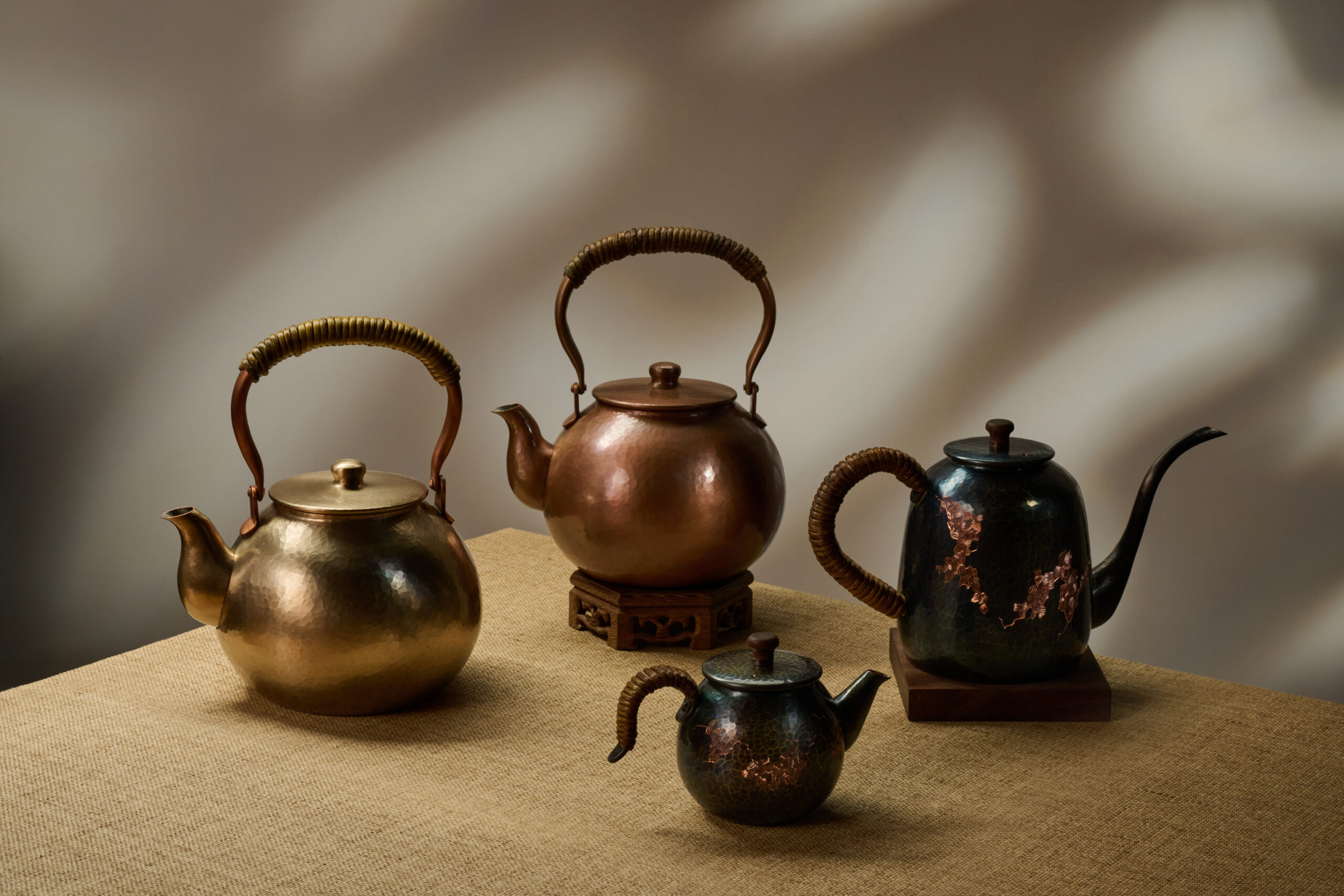
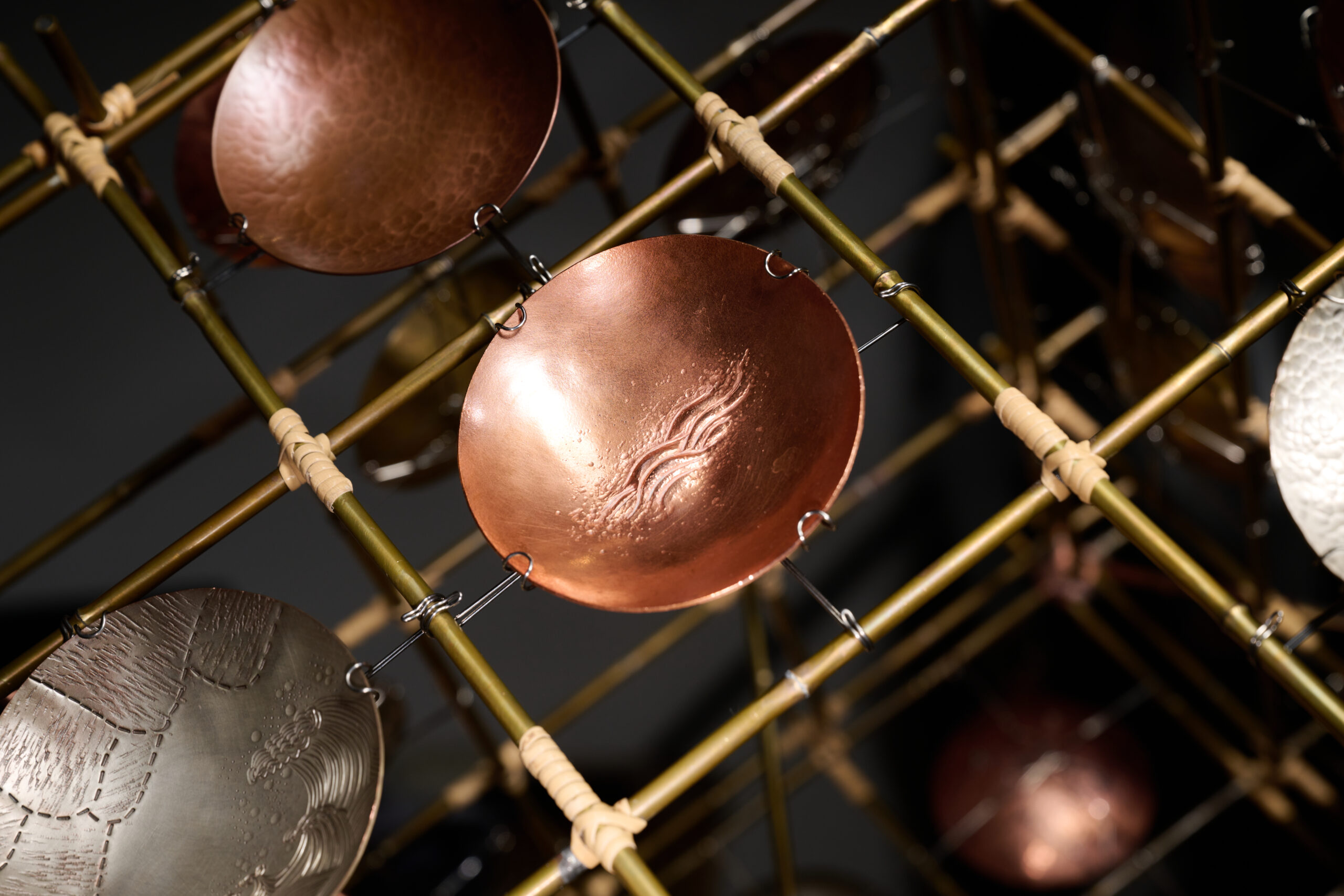
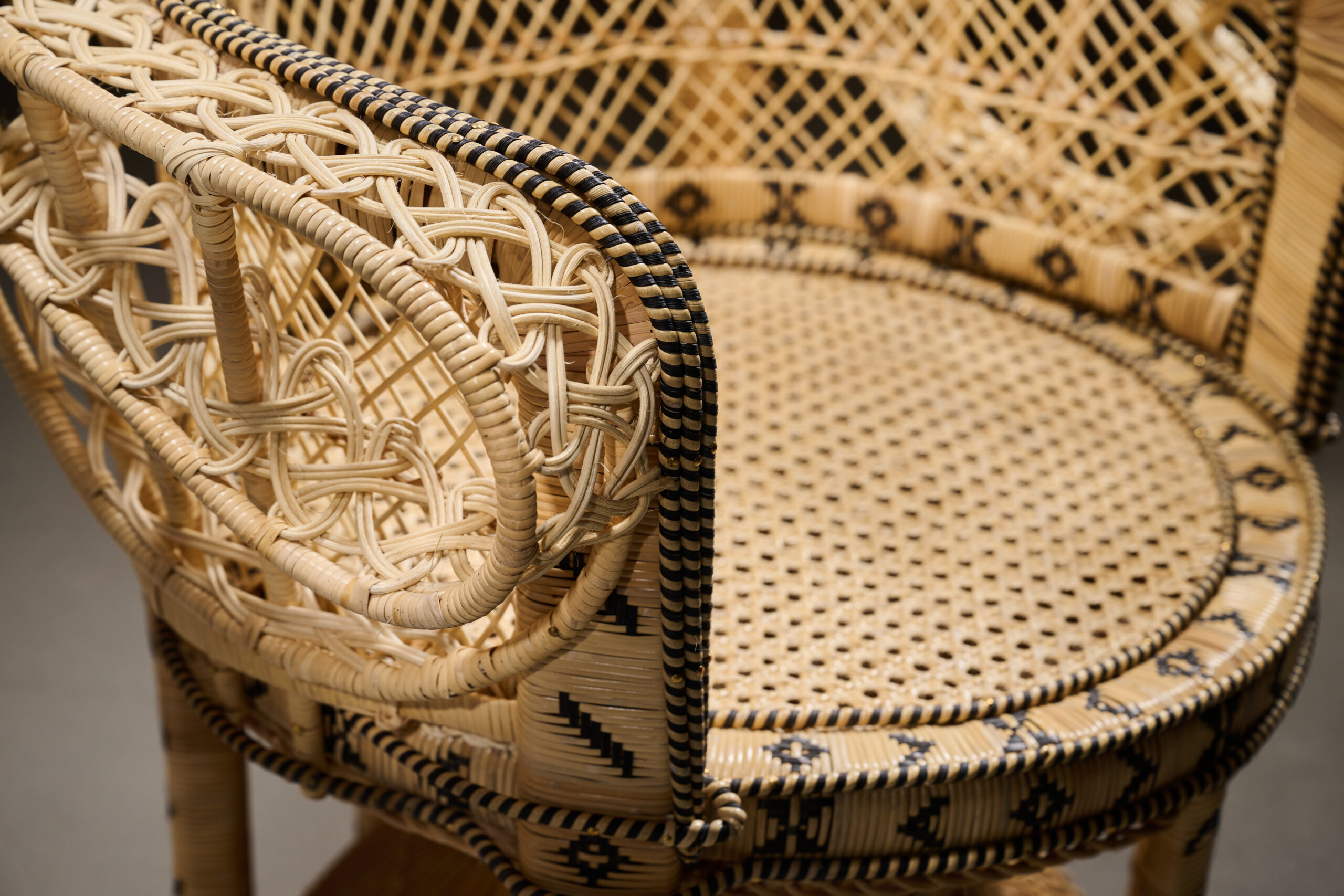
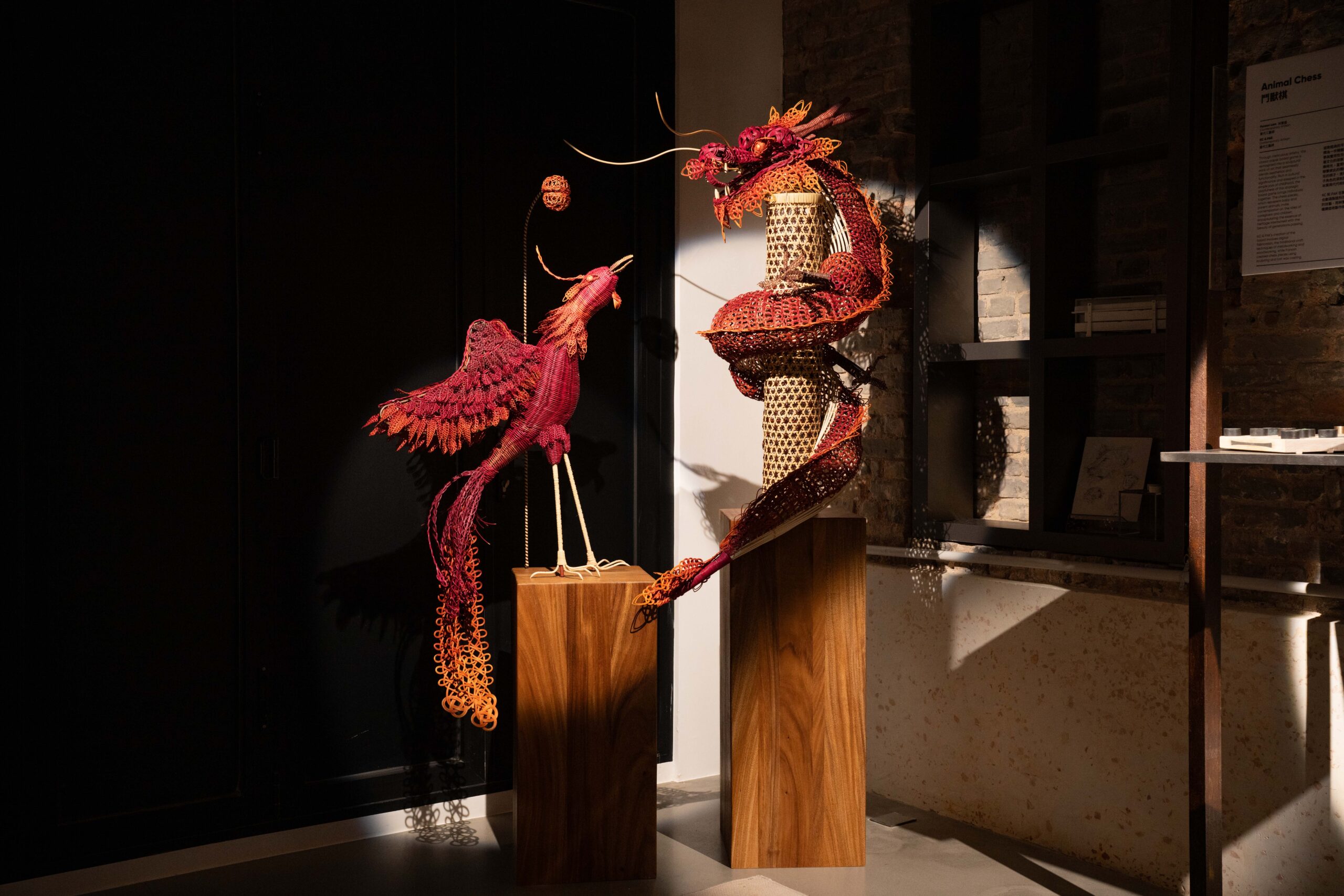
Auspicious Horizons
Yue Kee Rattan Factory & Ahung Masikadd & Barnard Chan & Cecilia Lai


